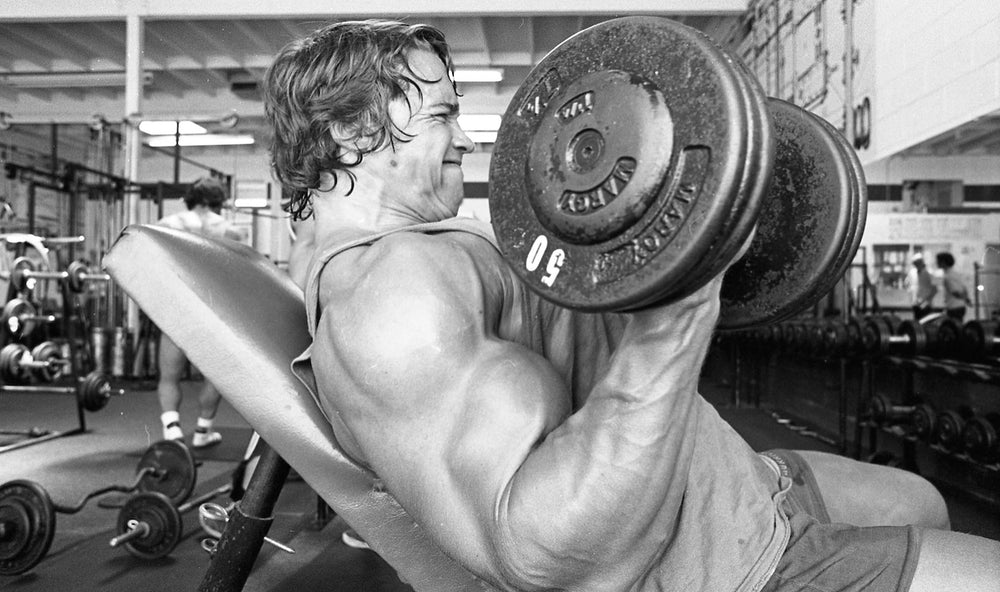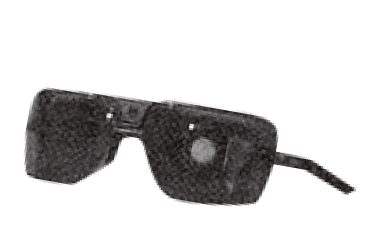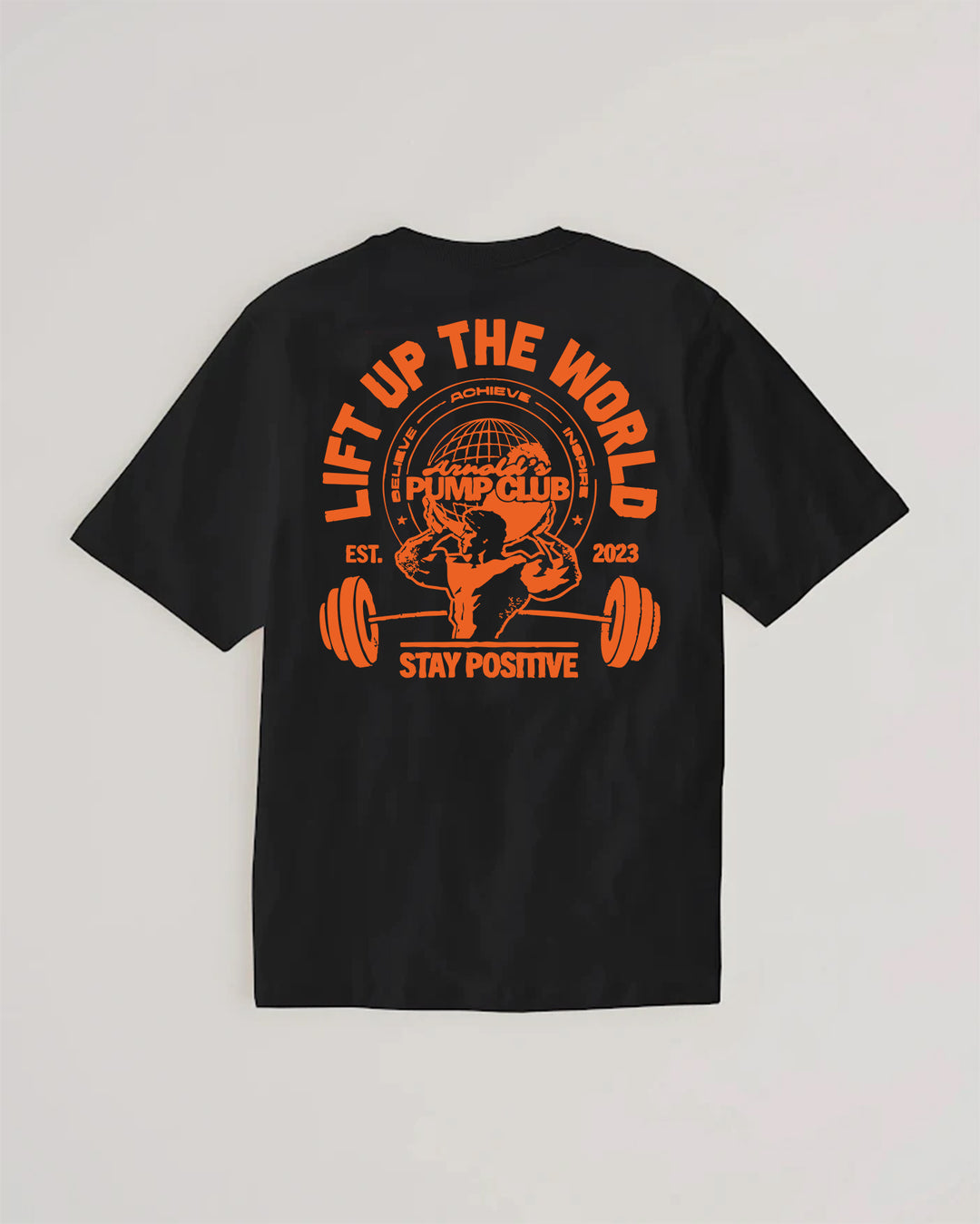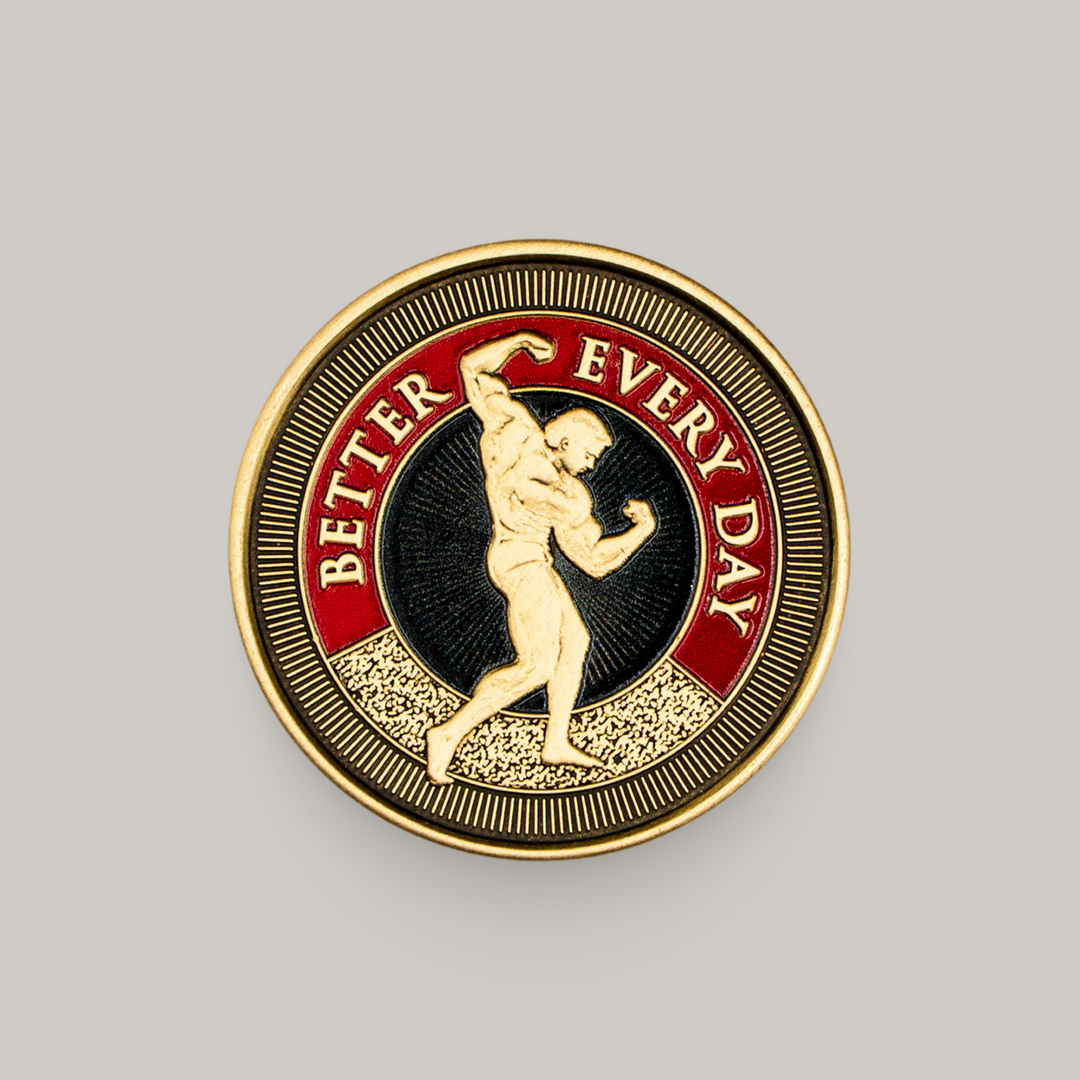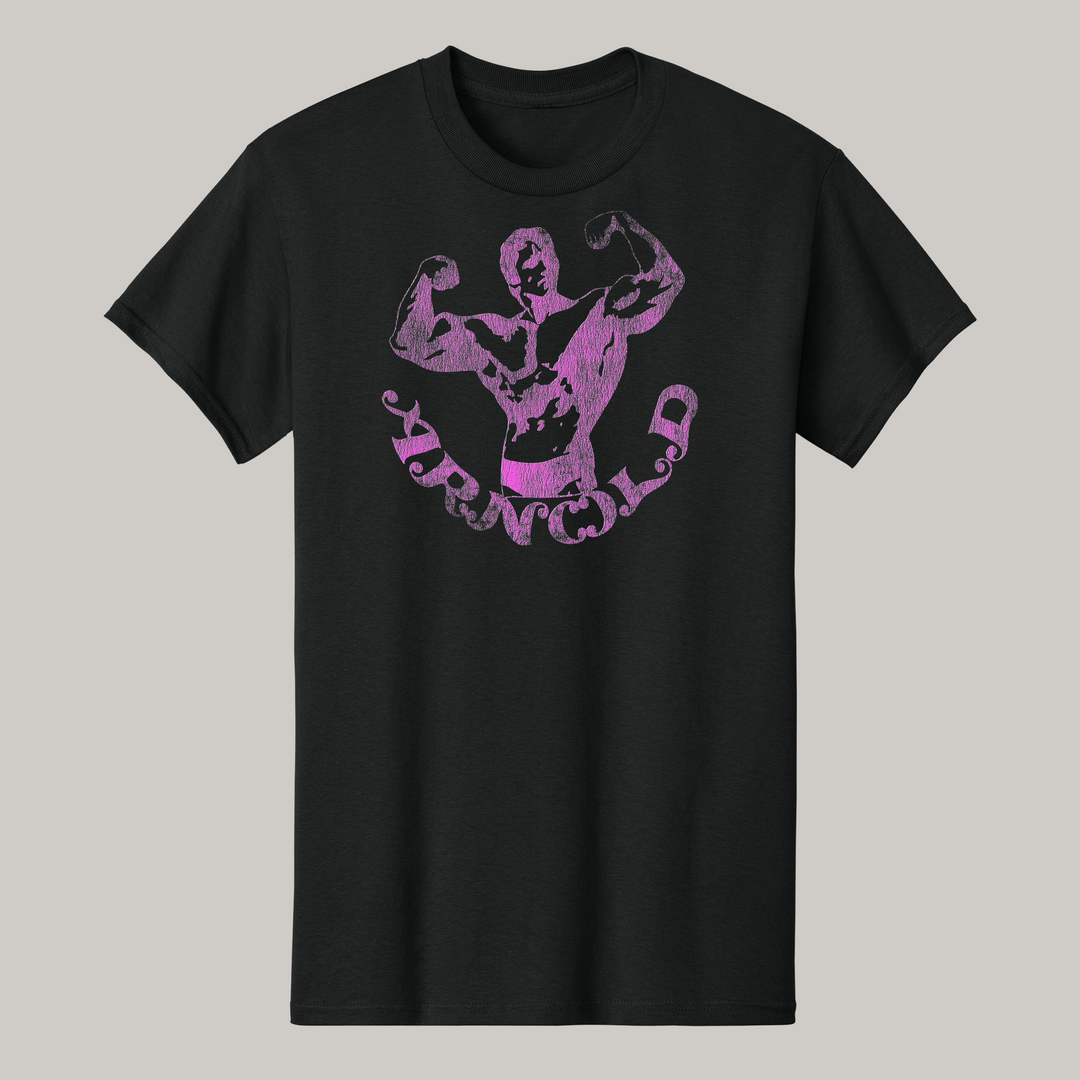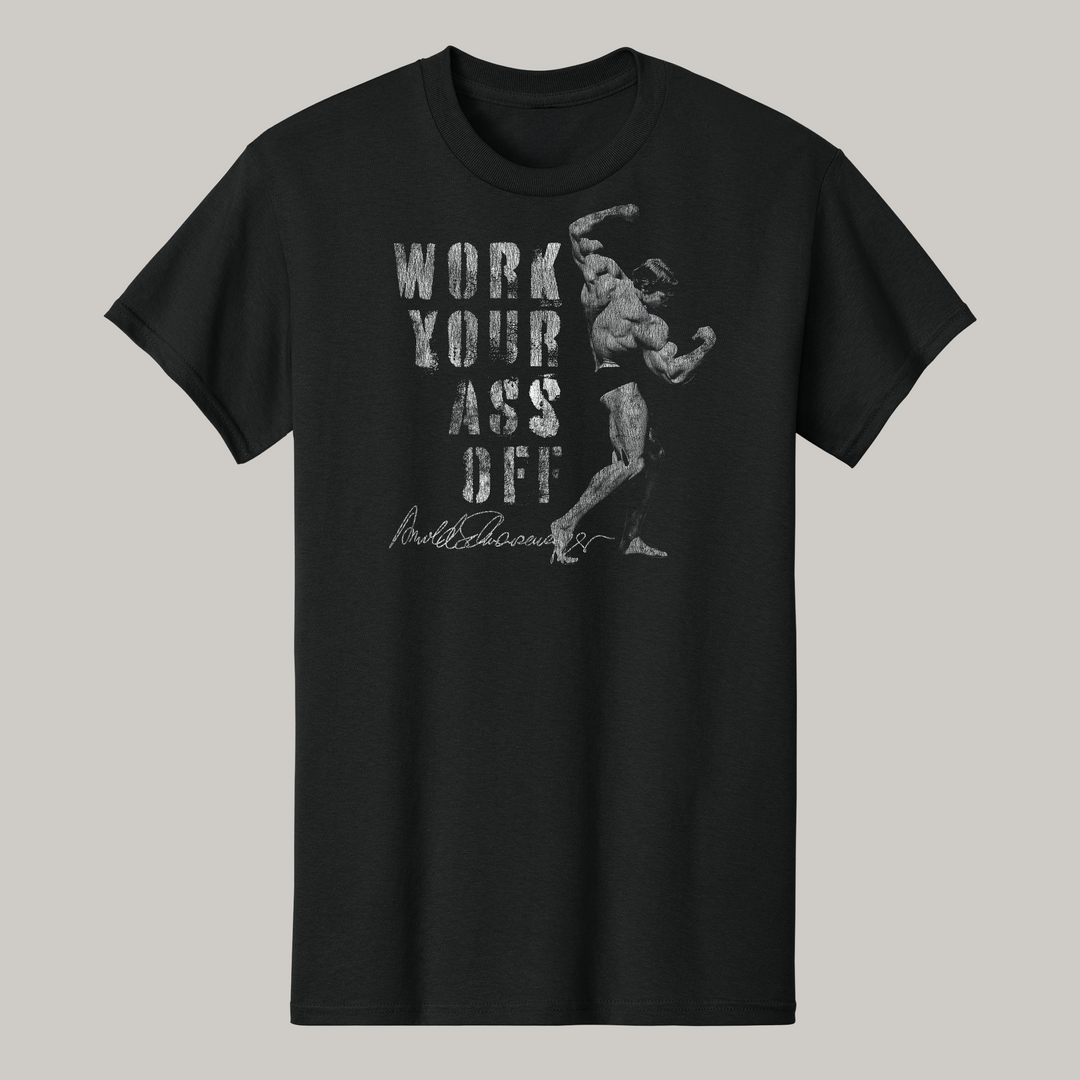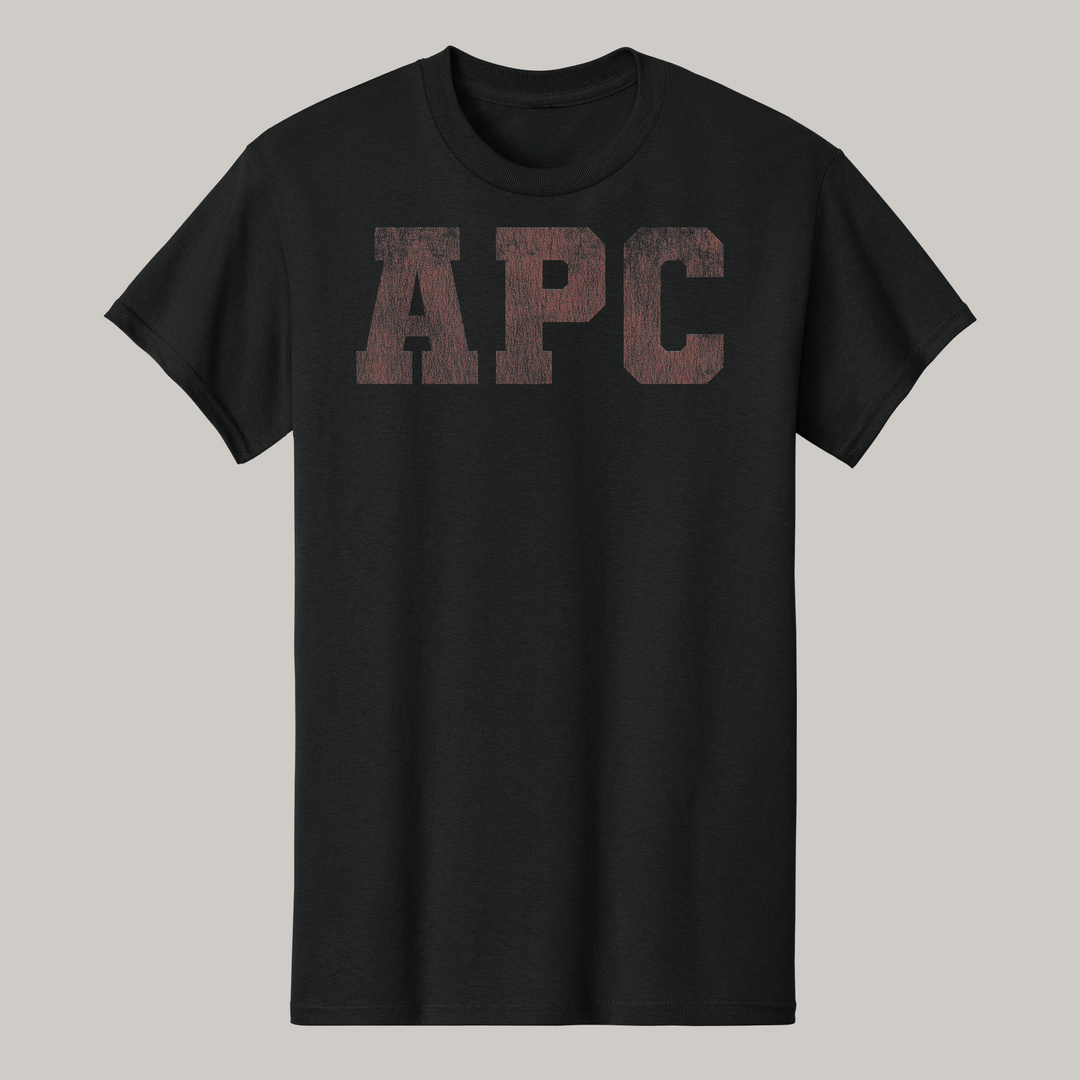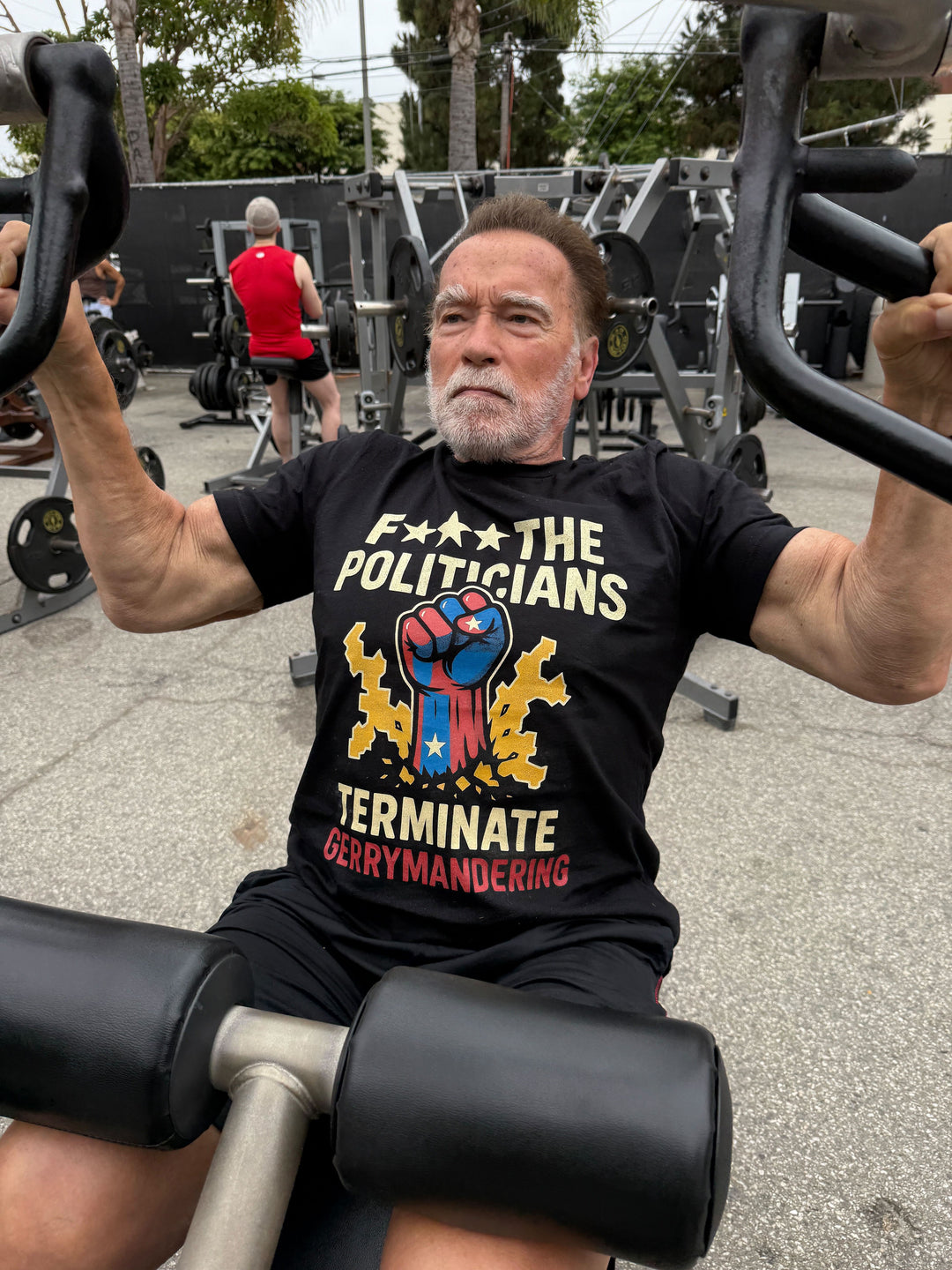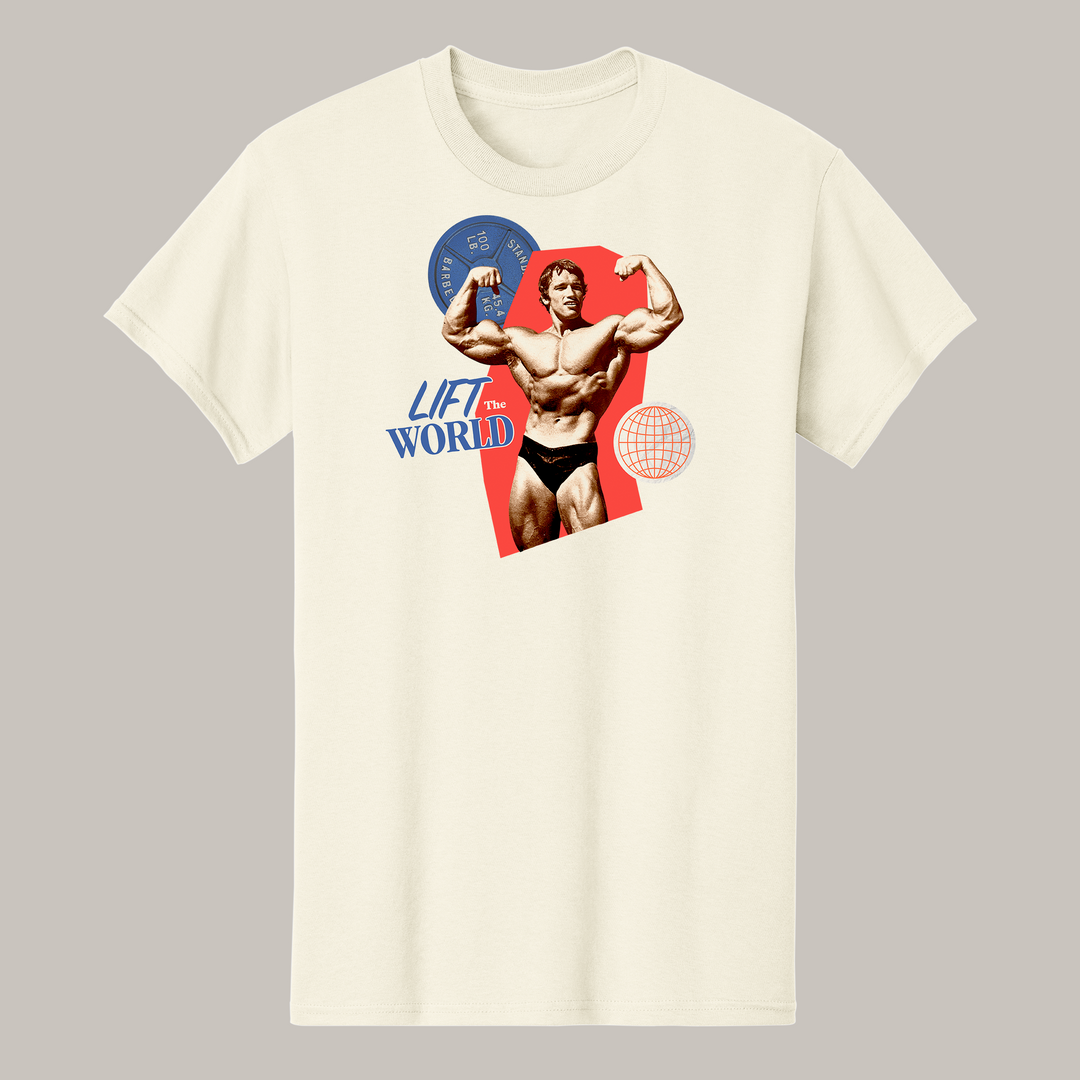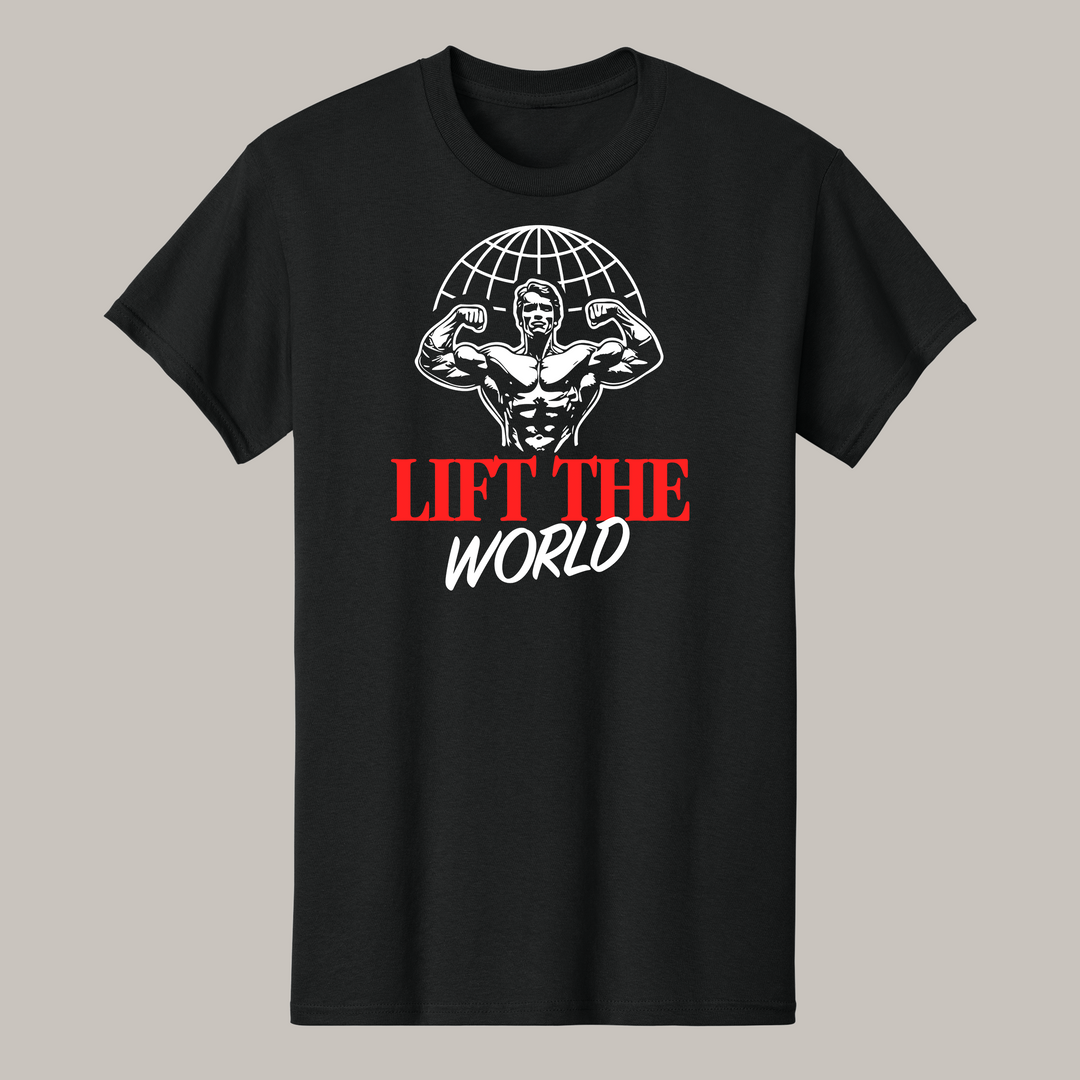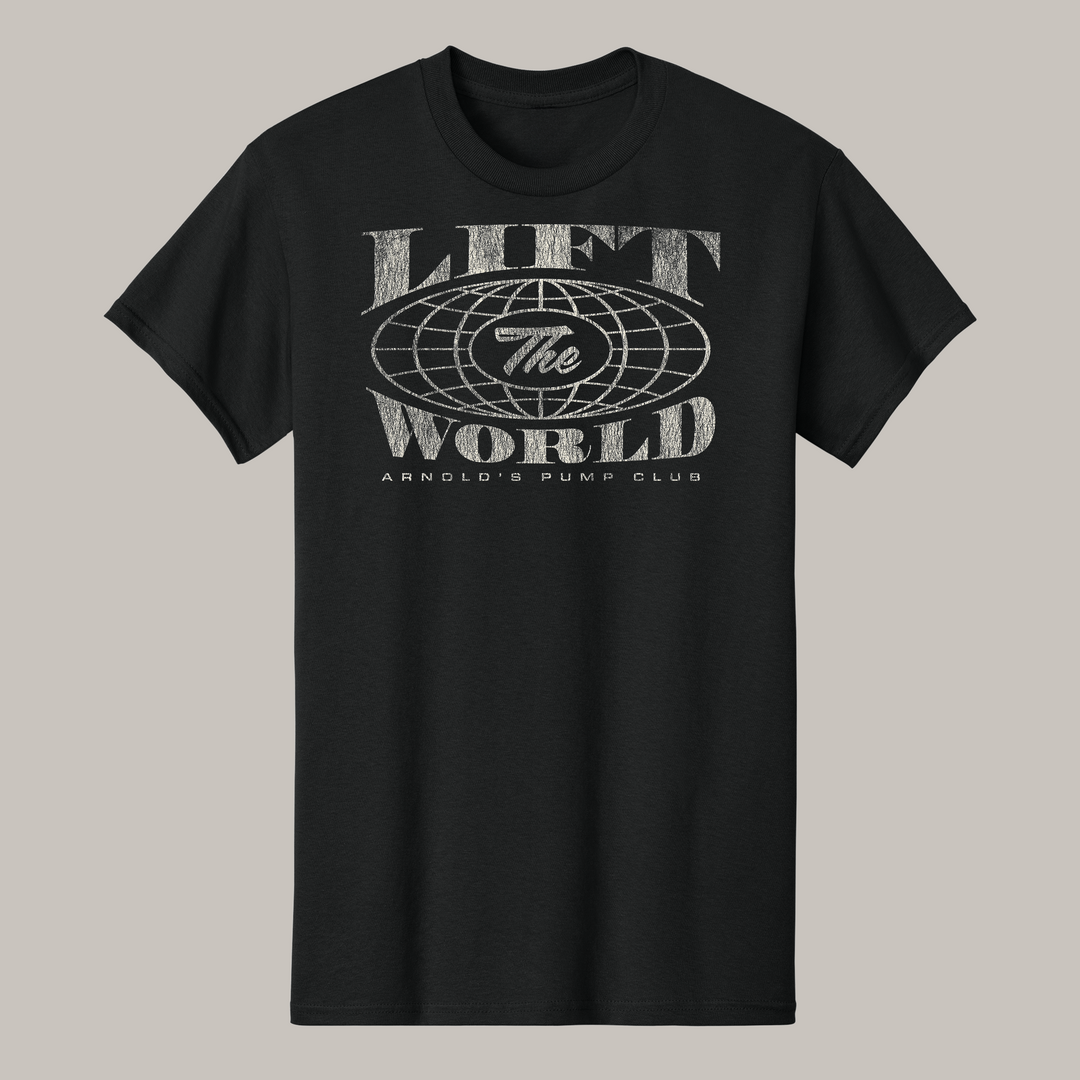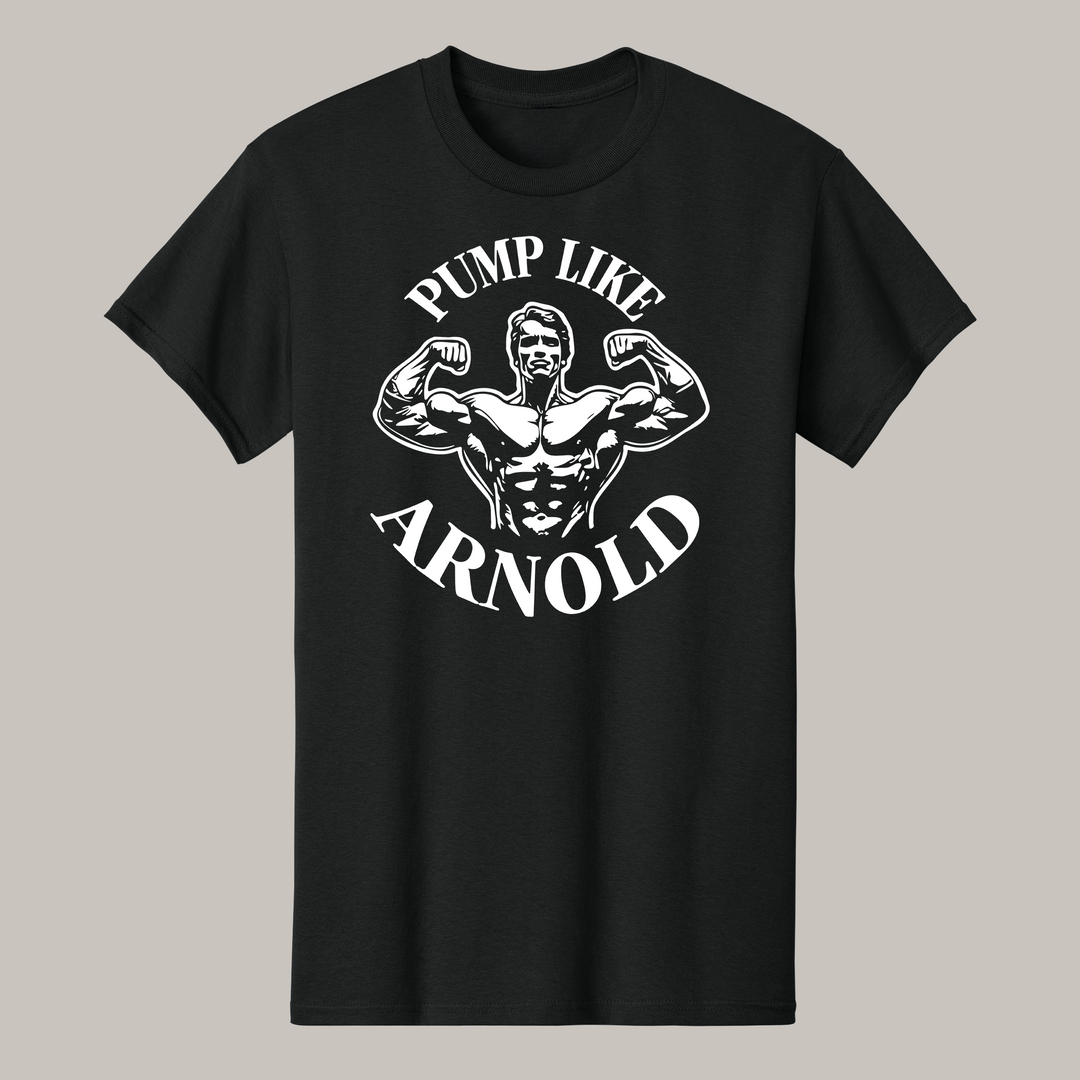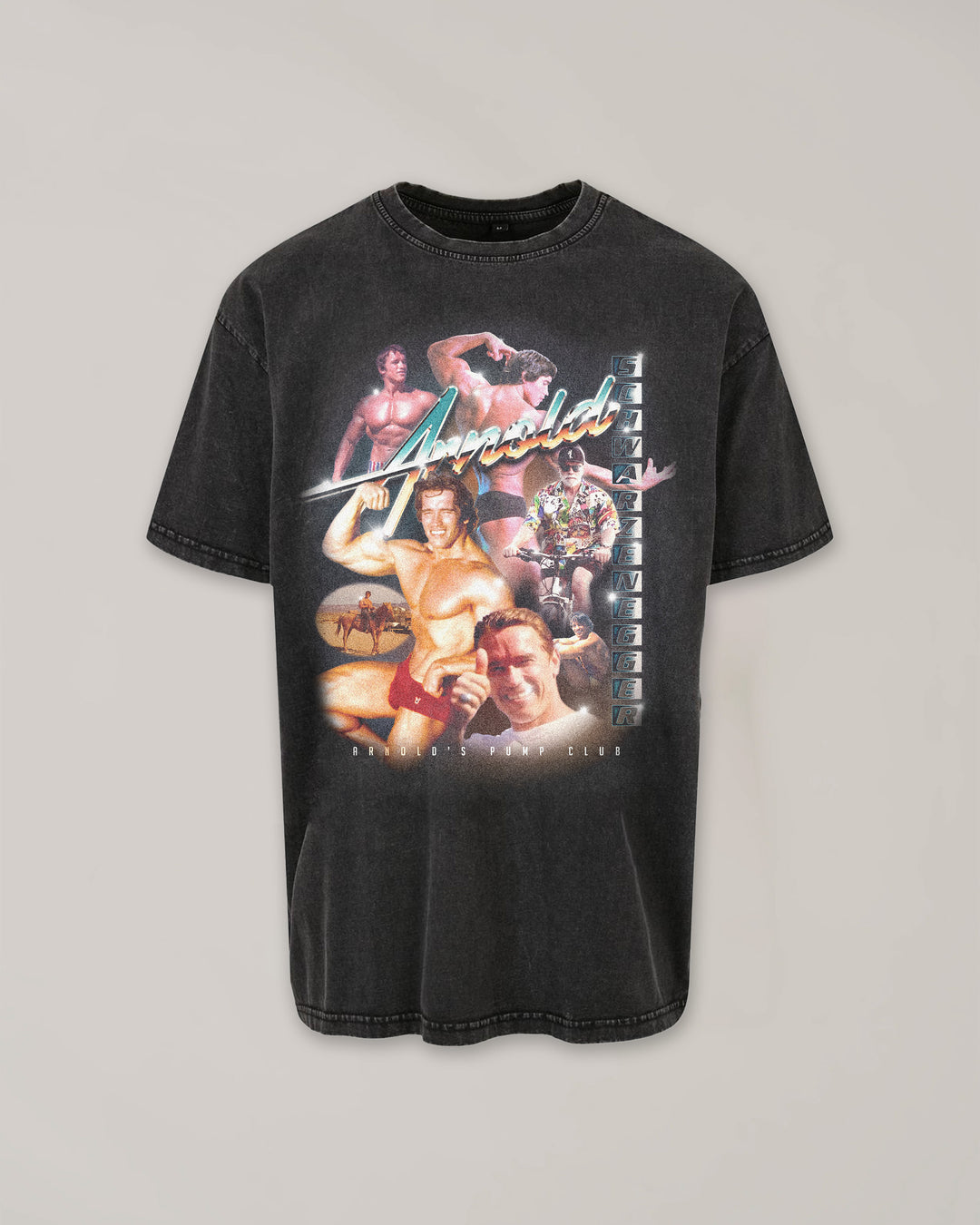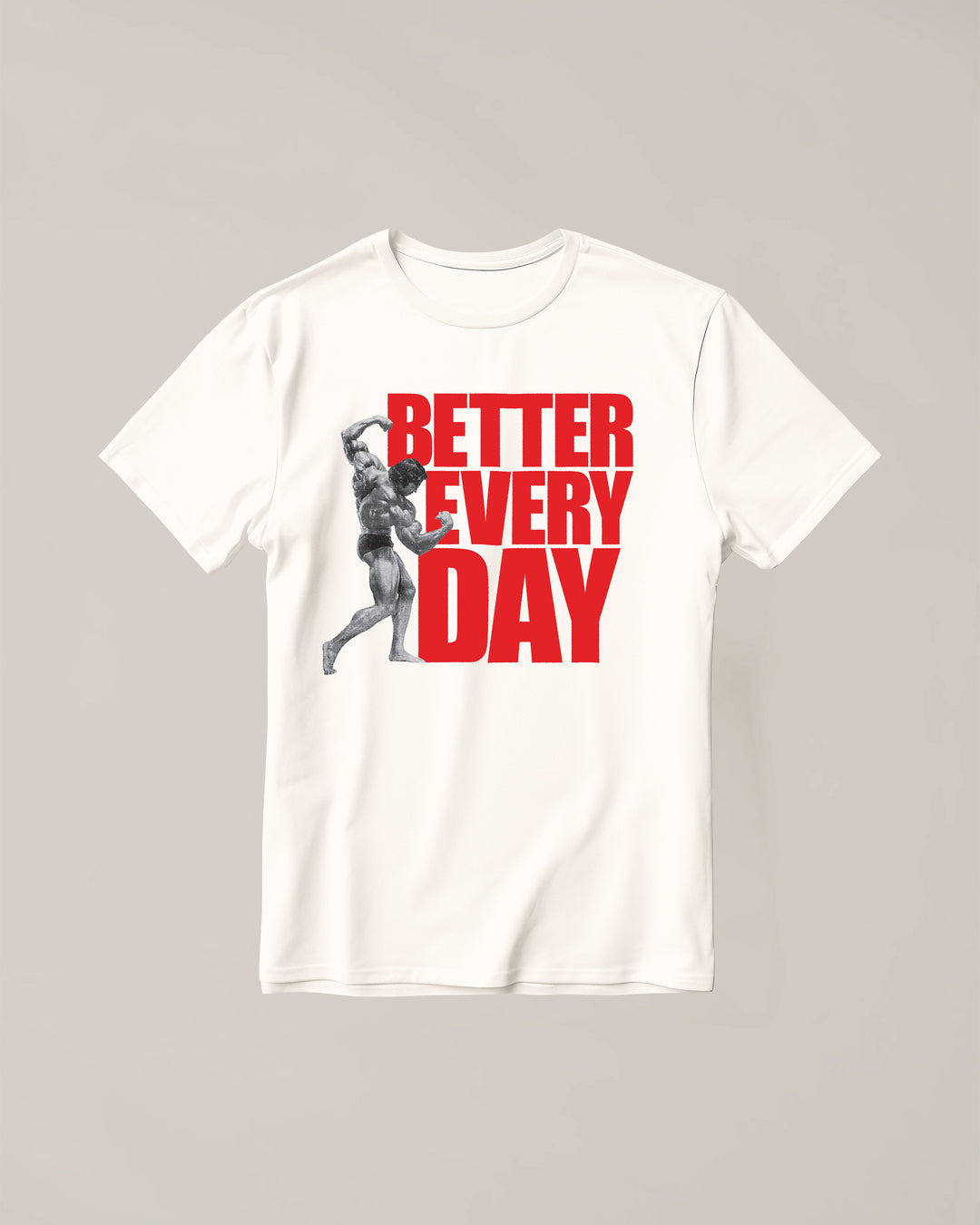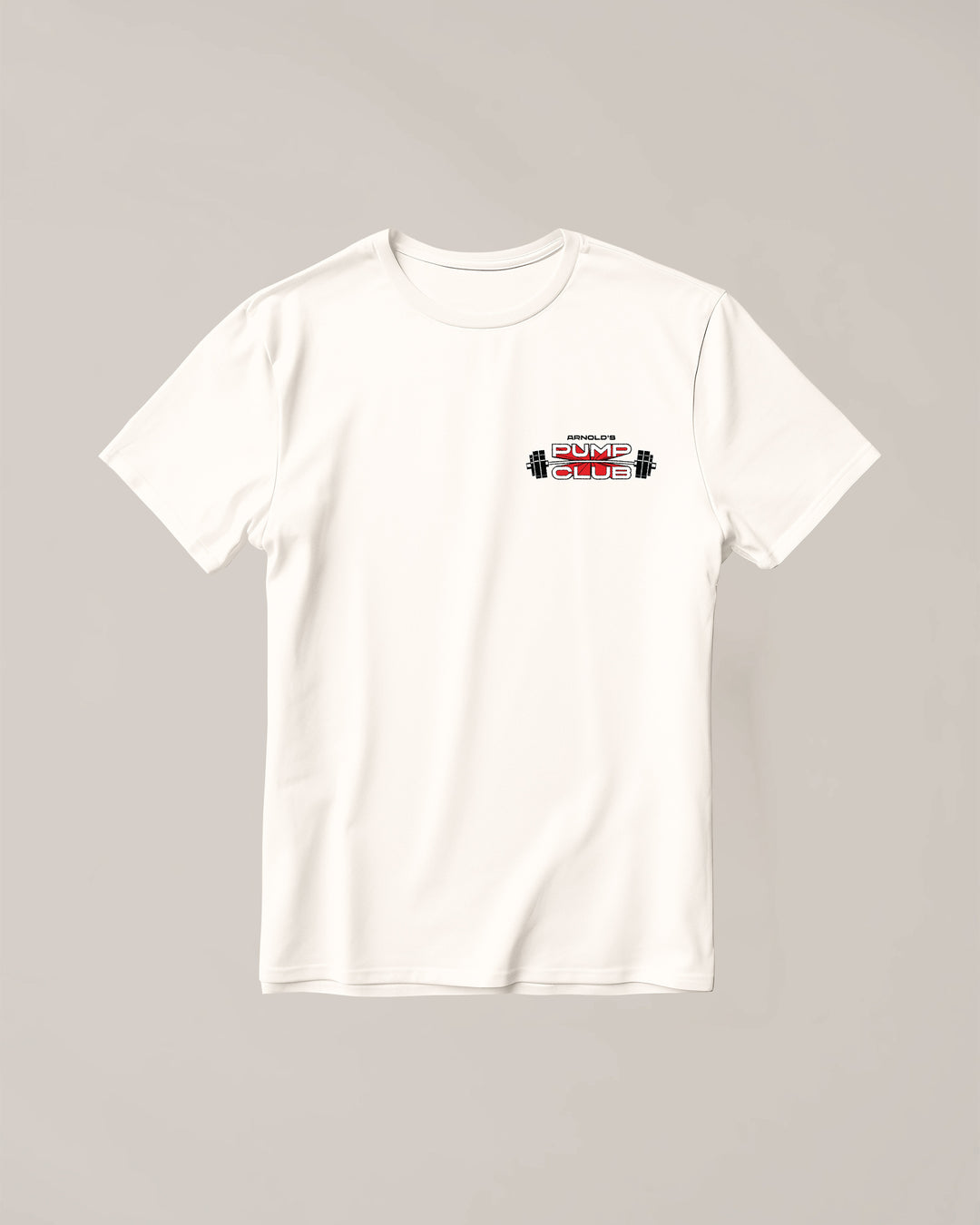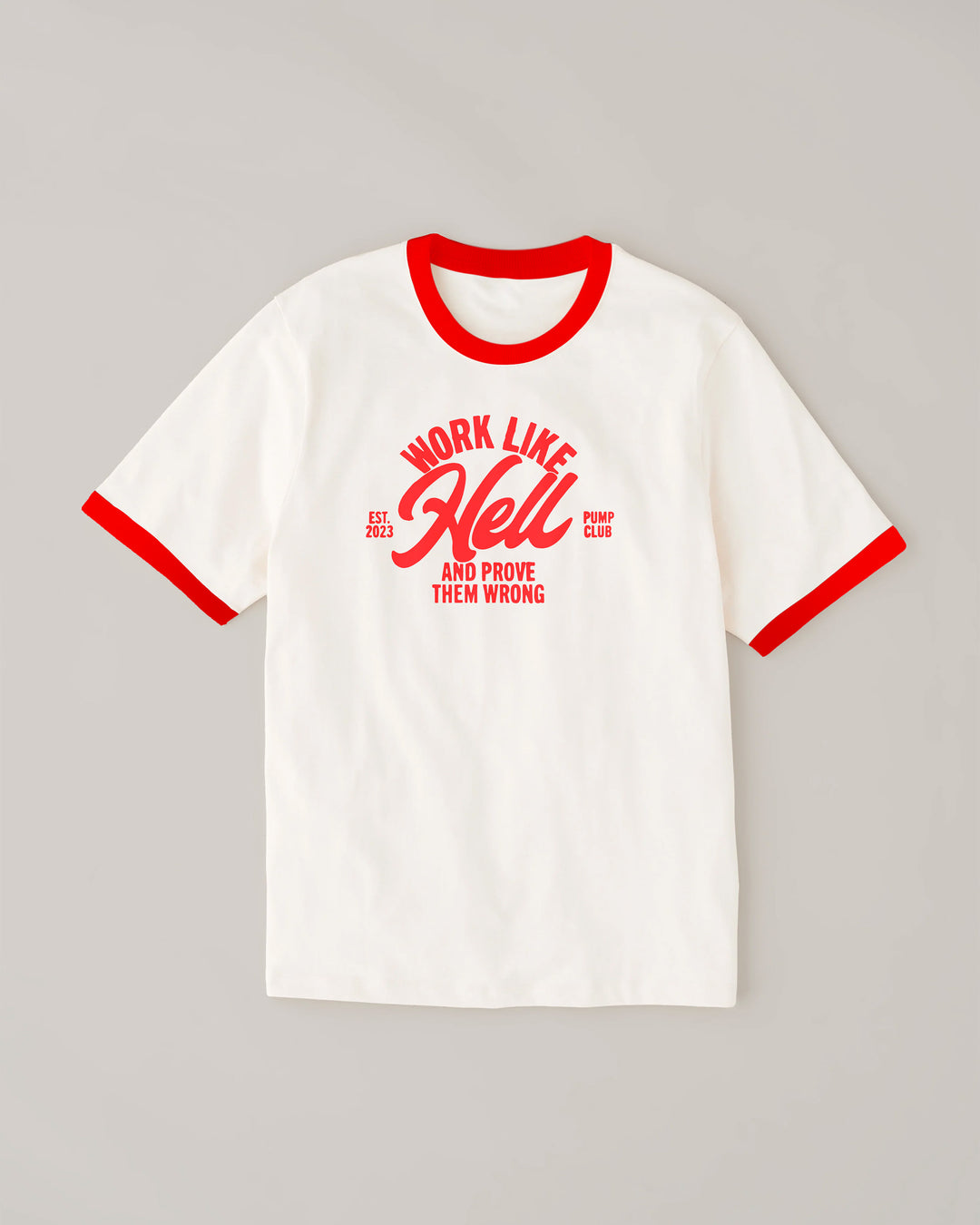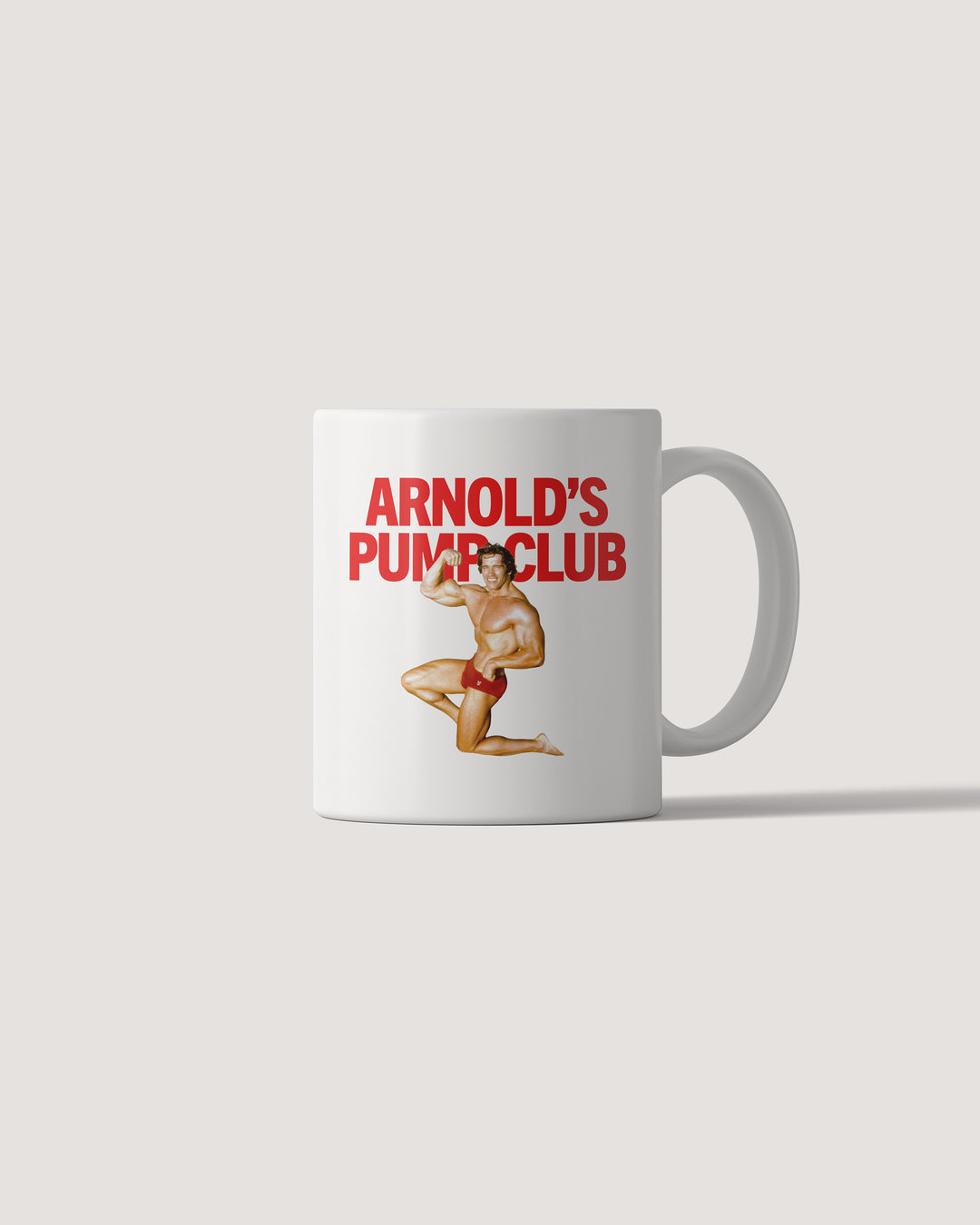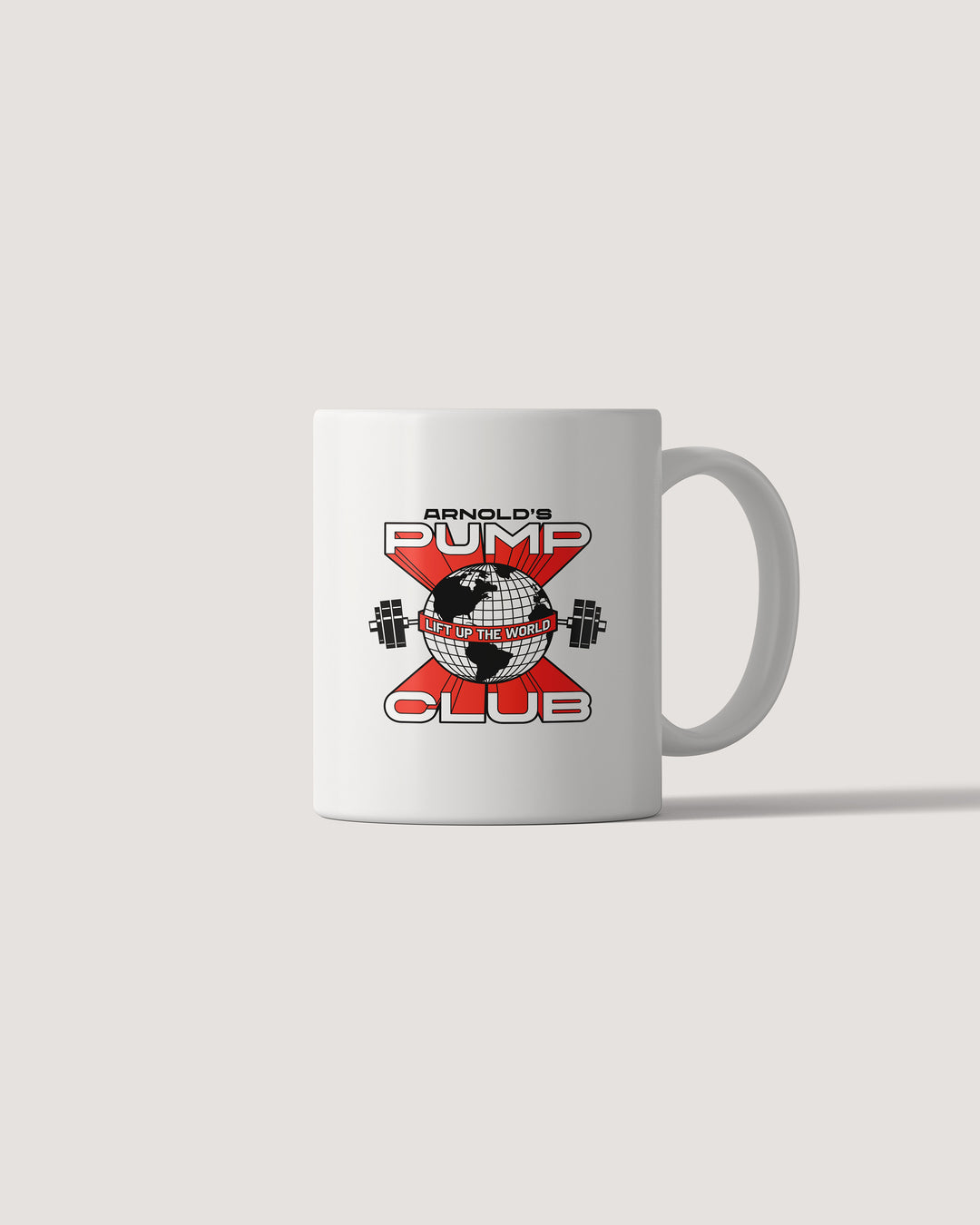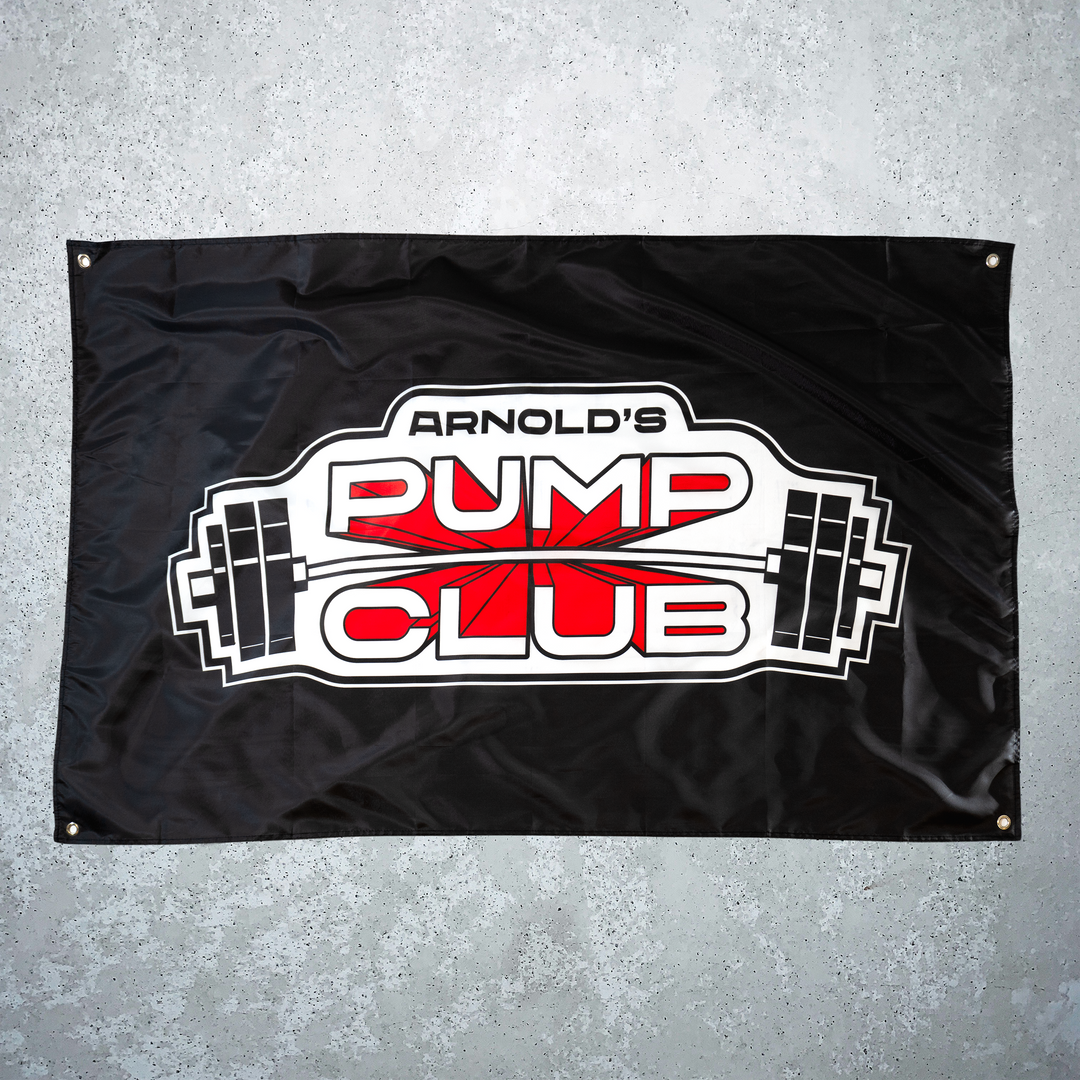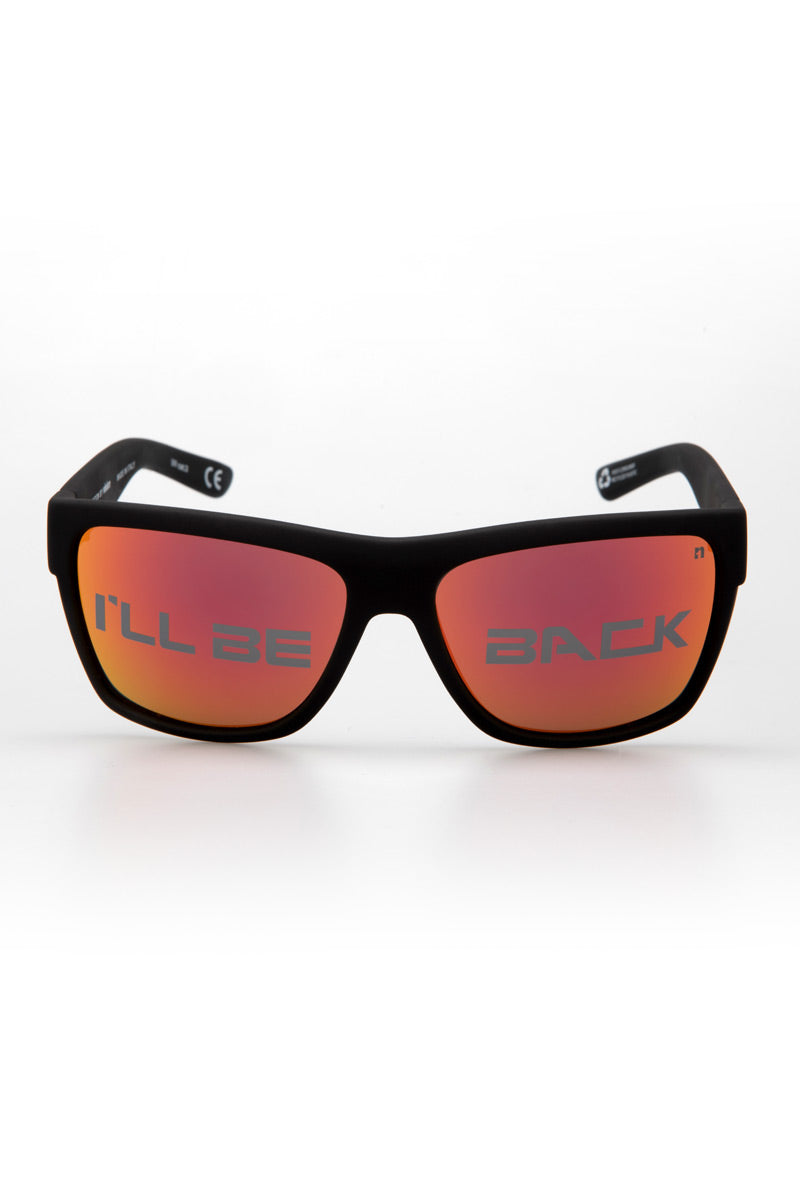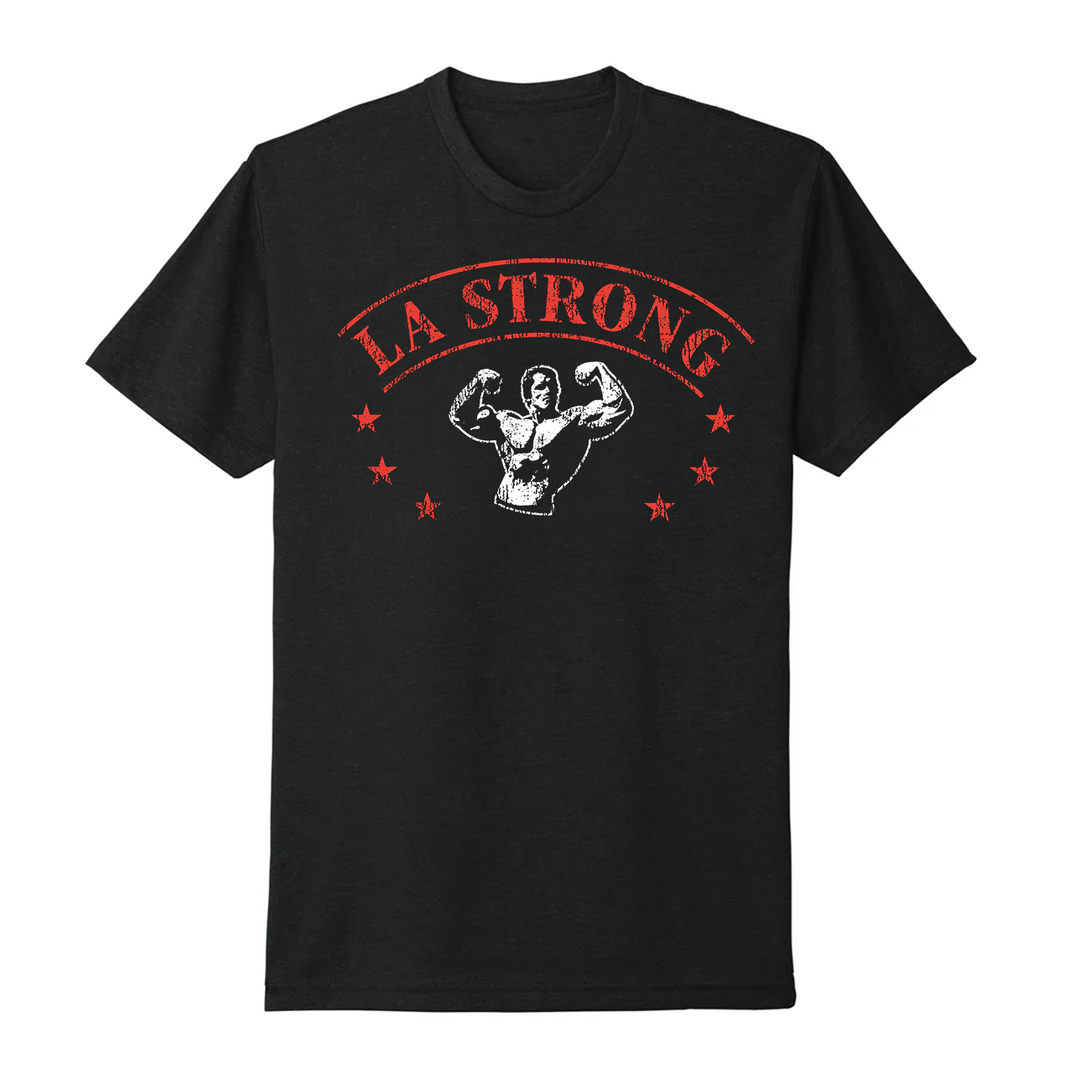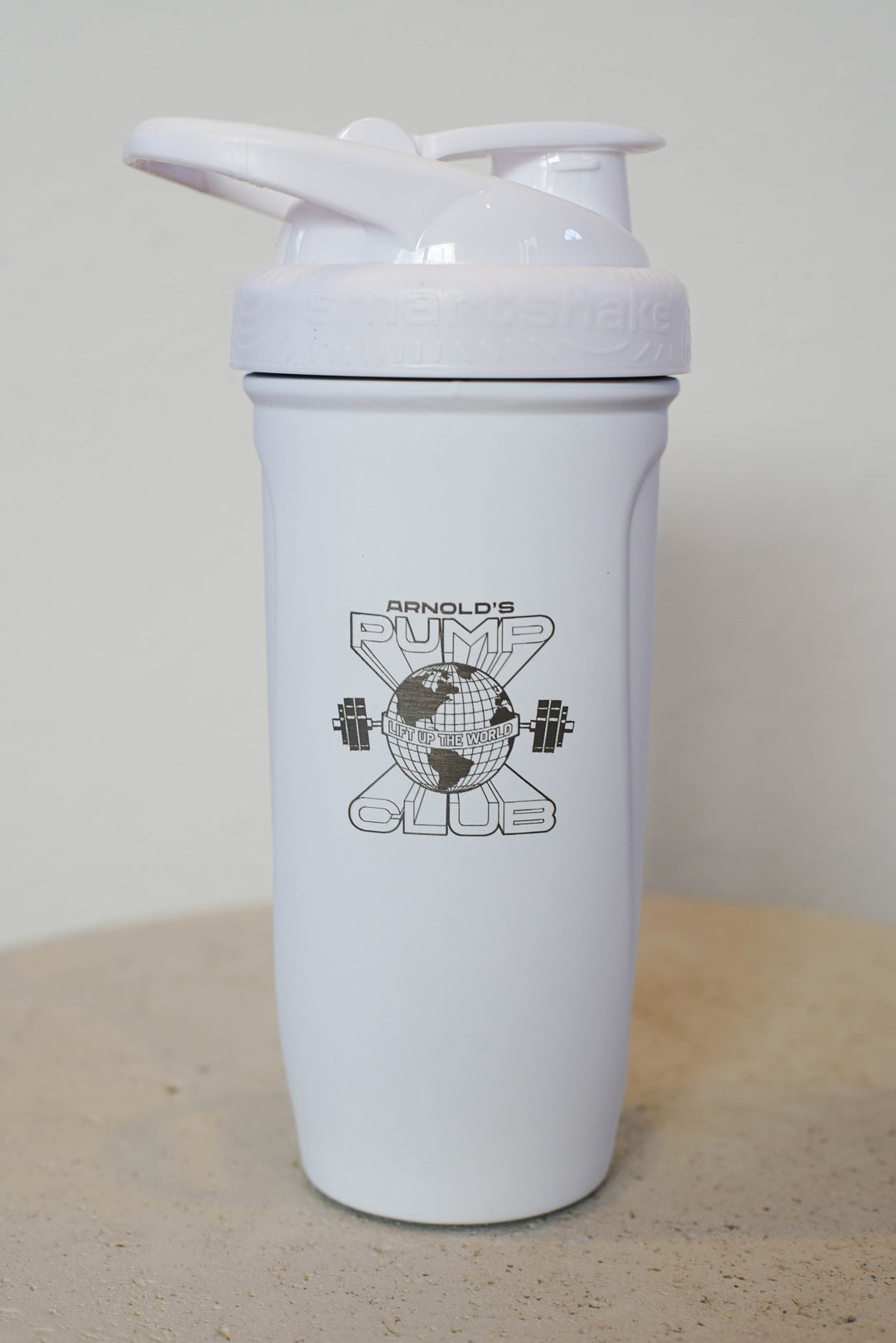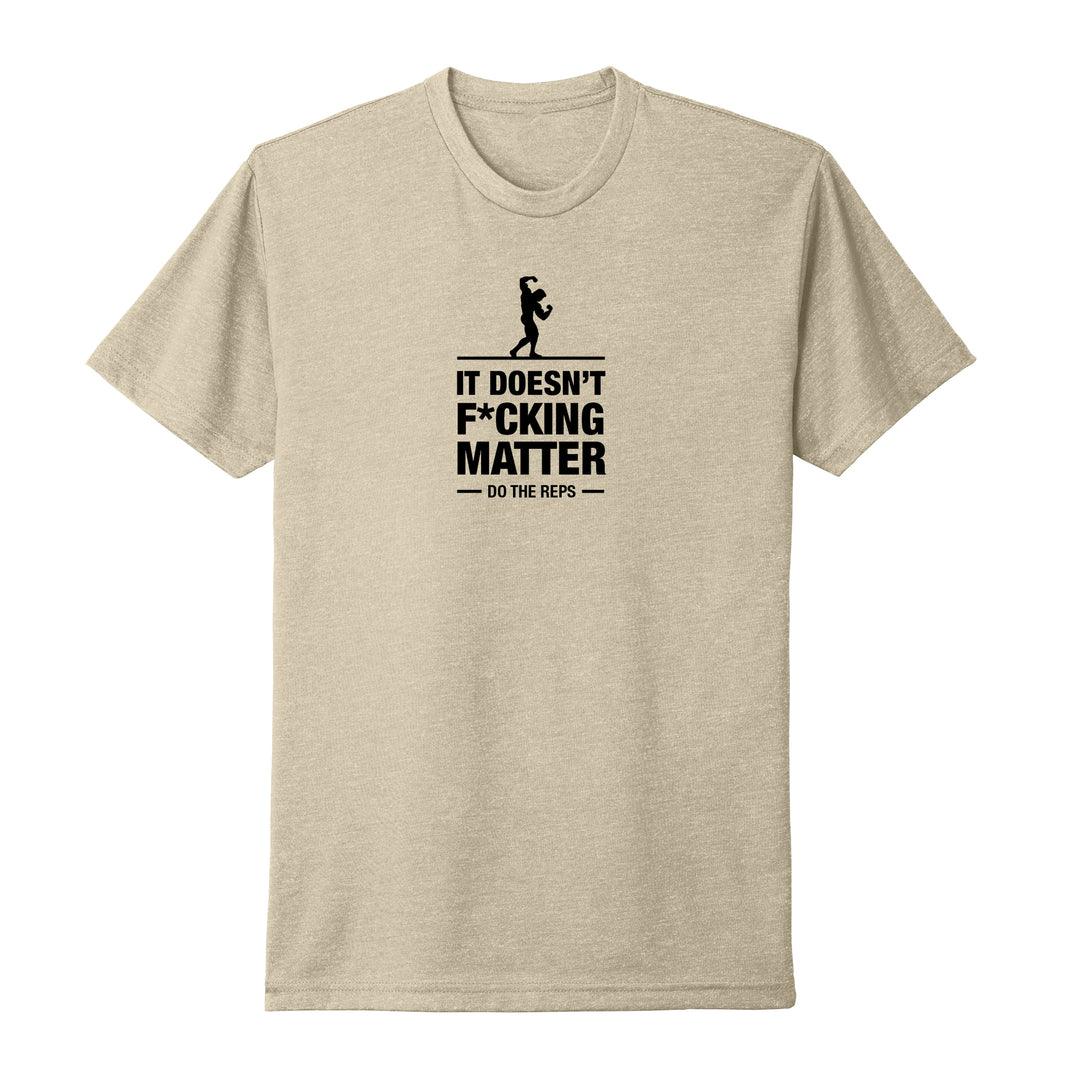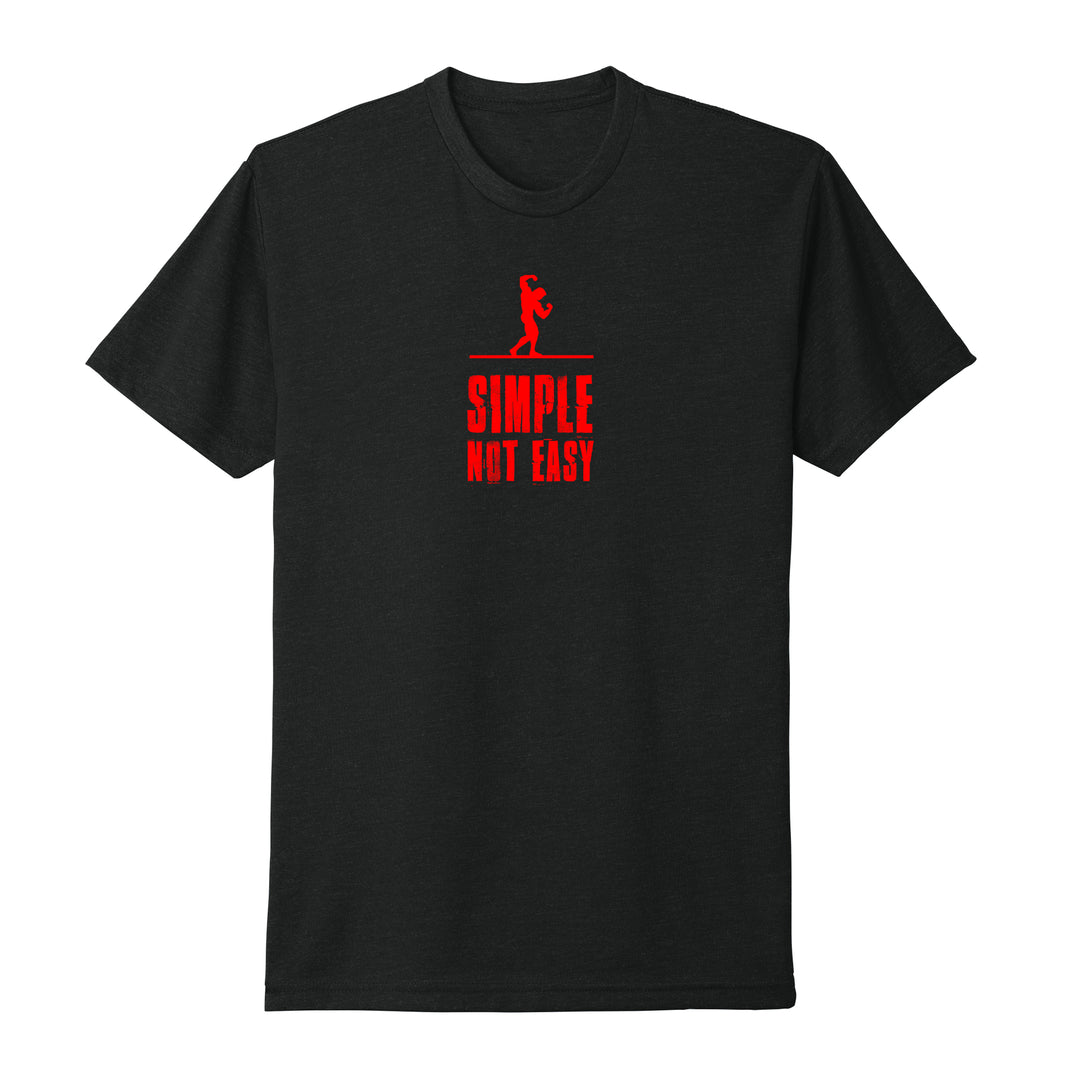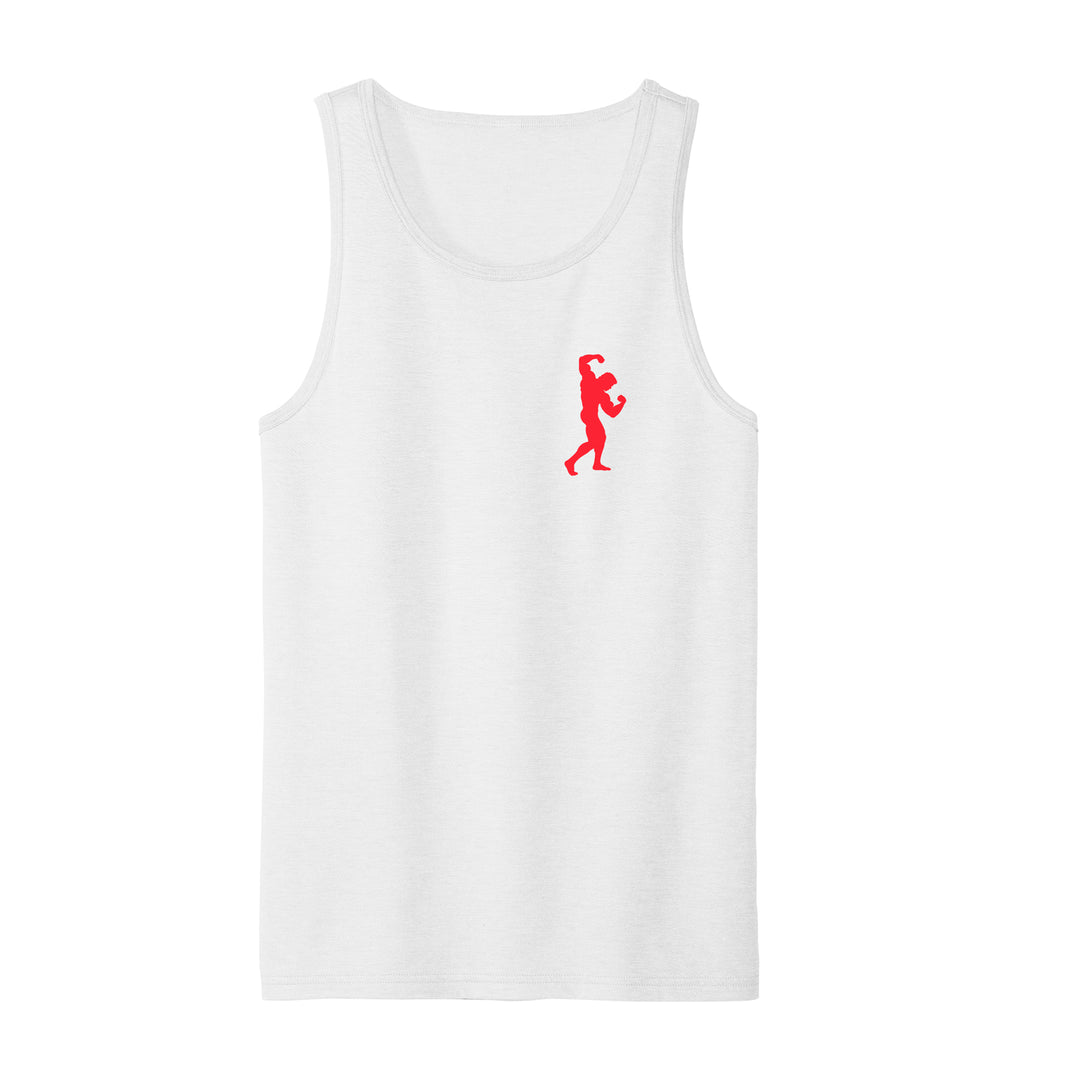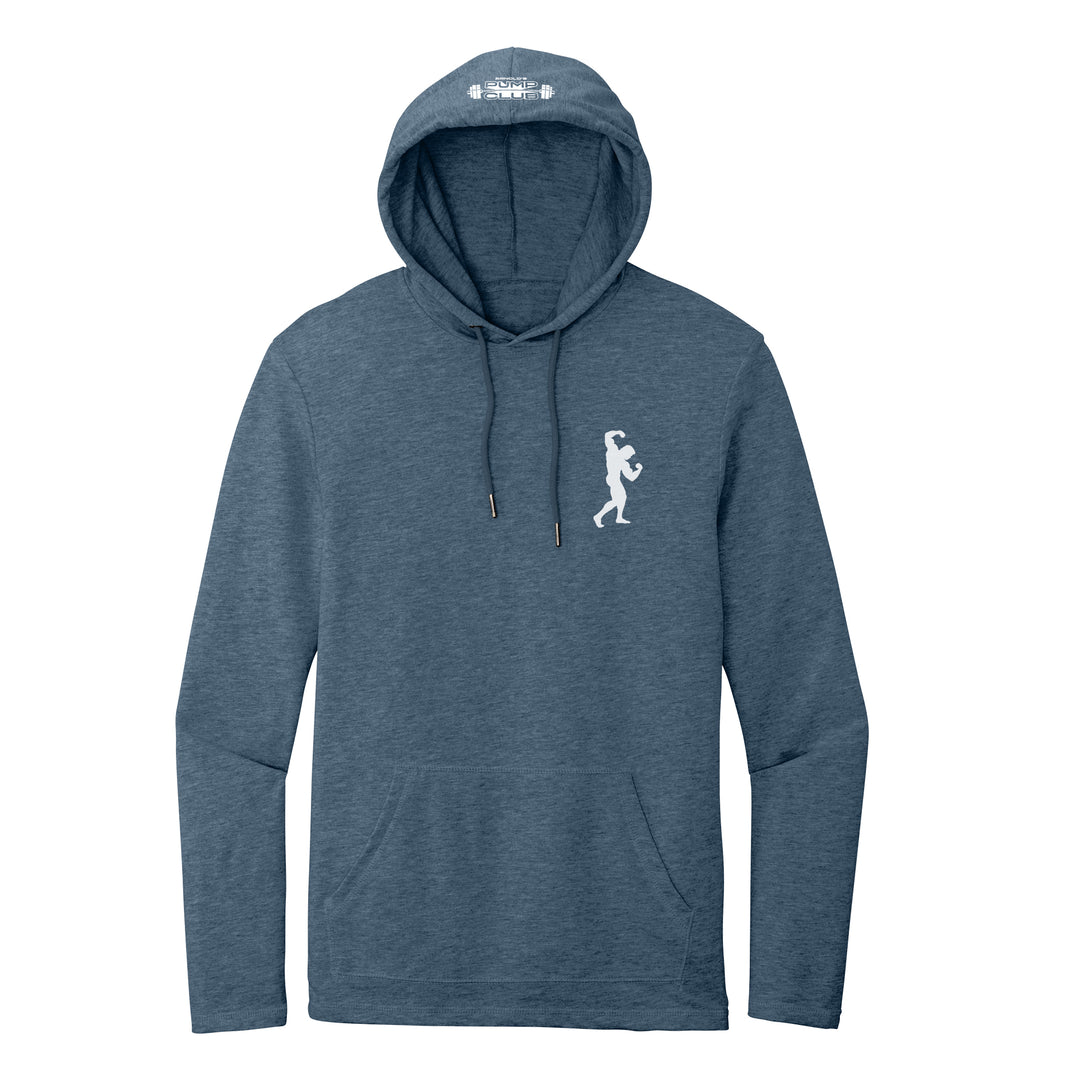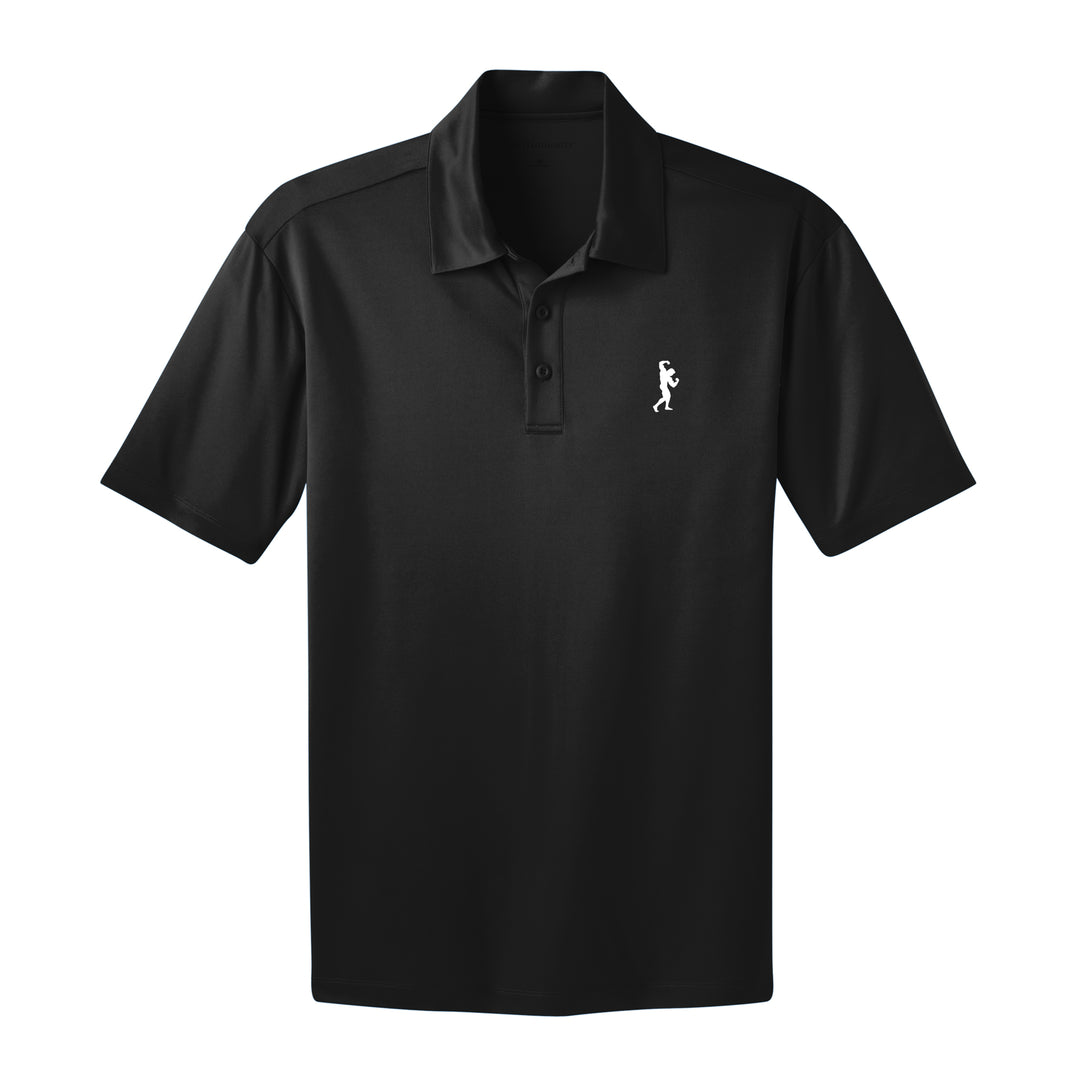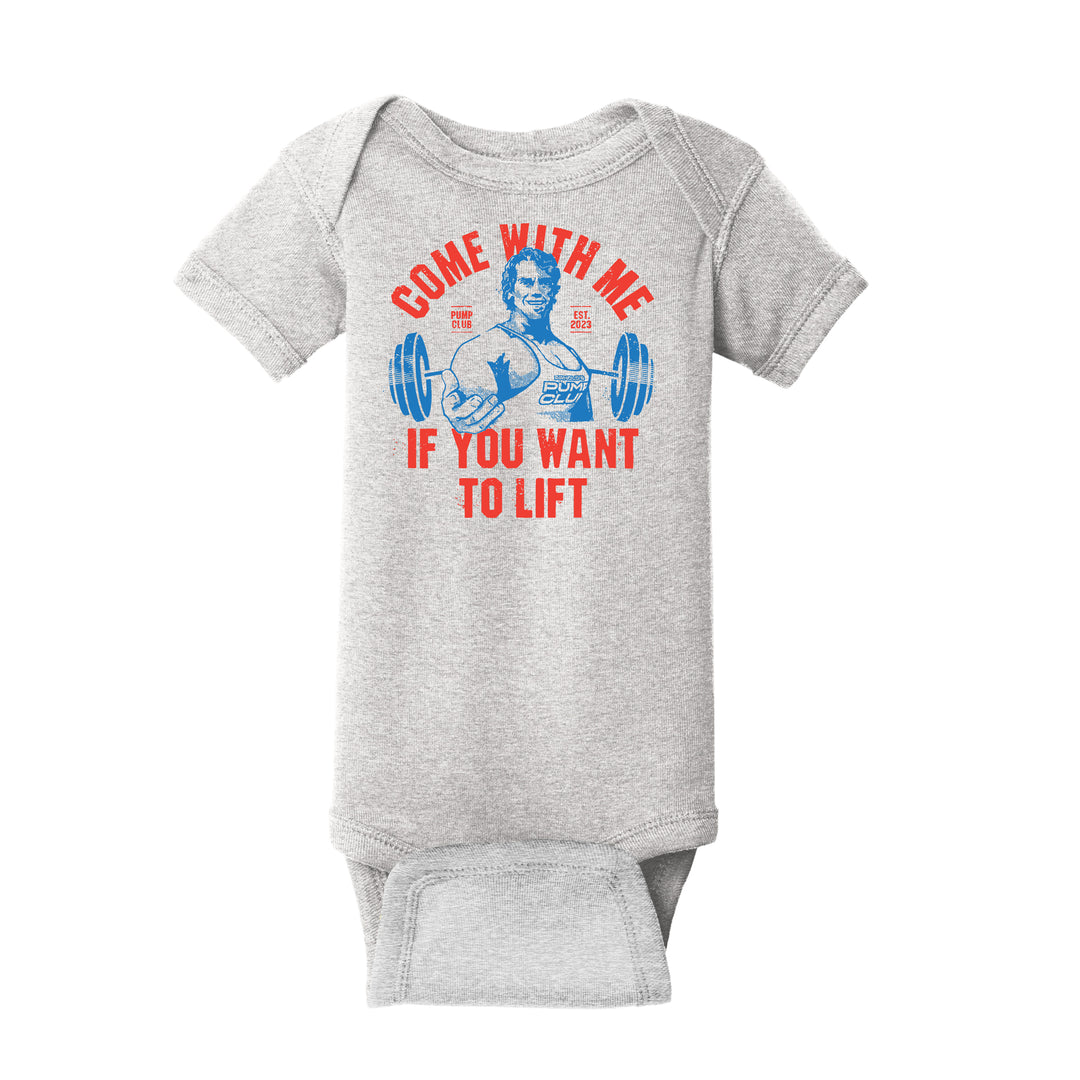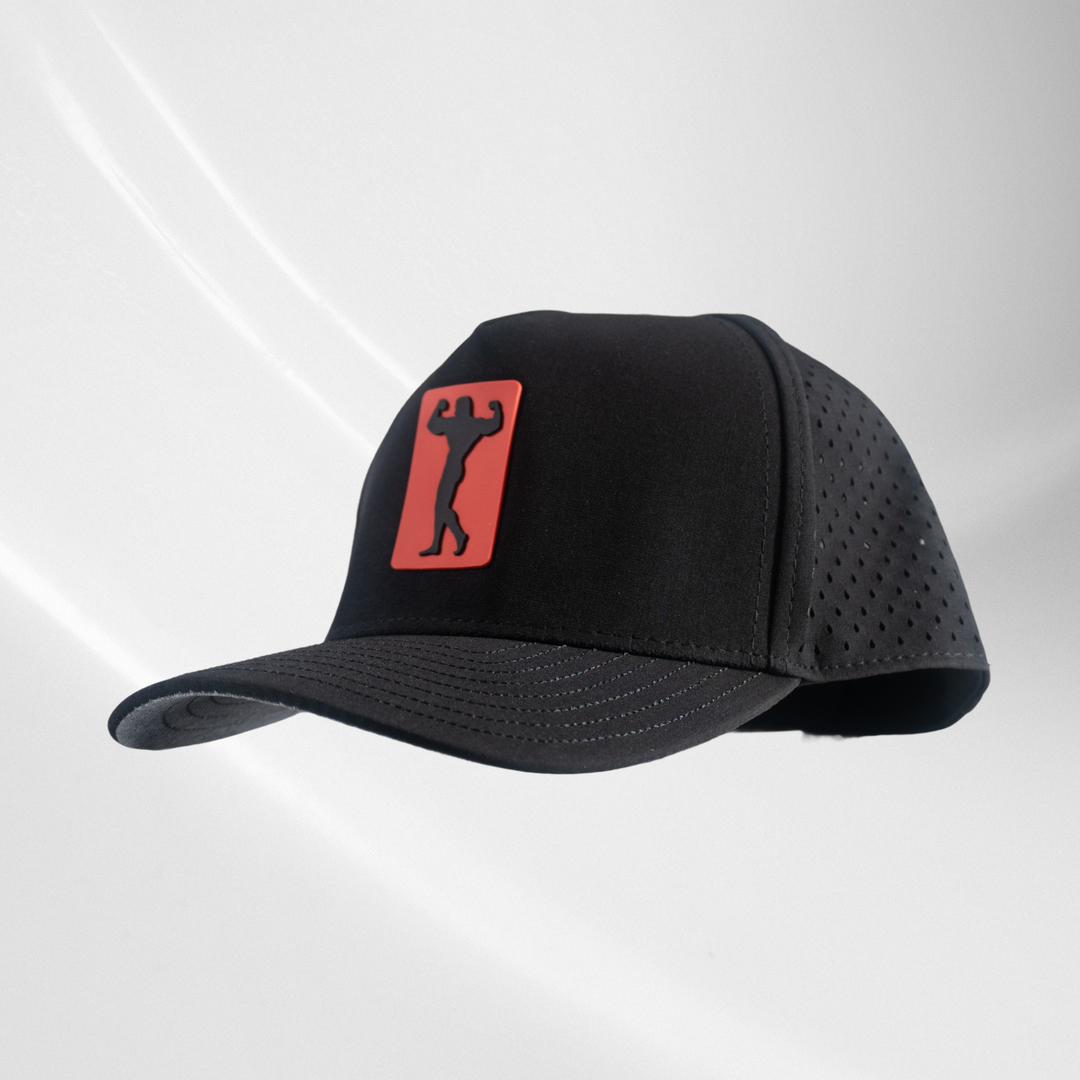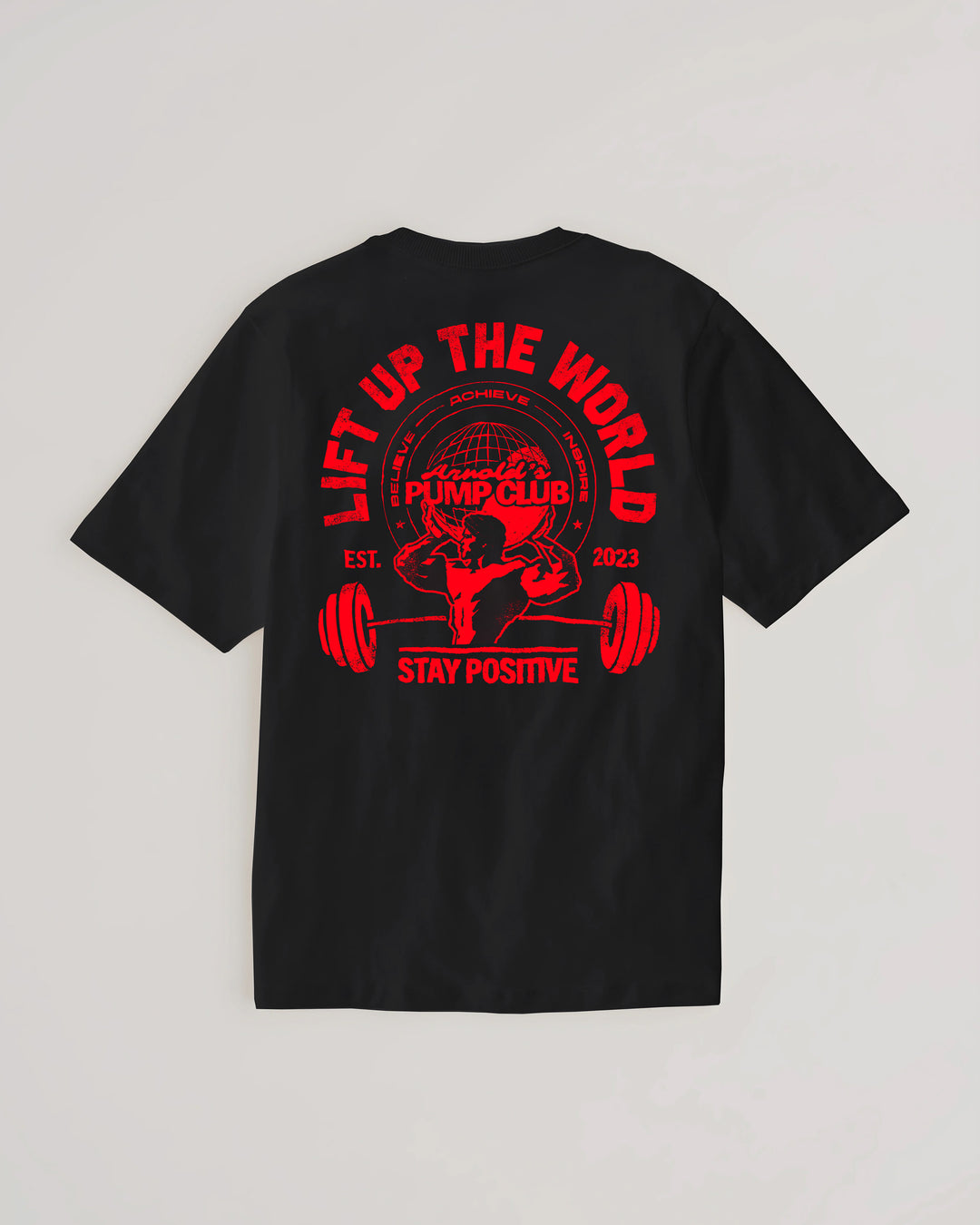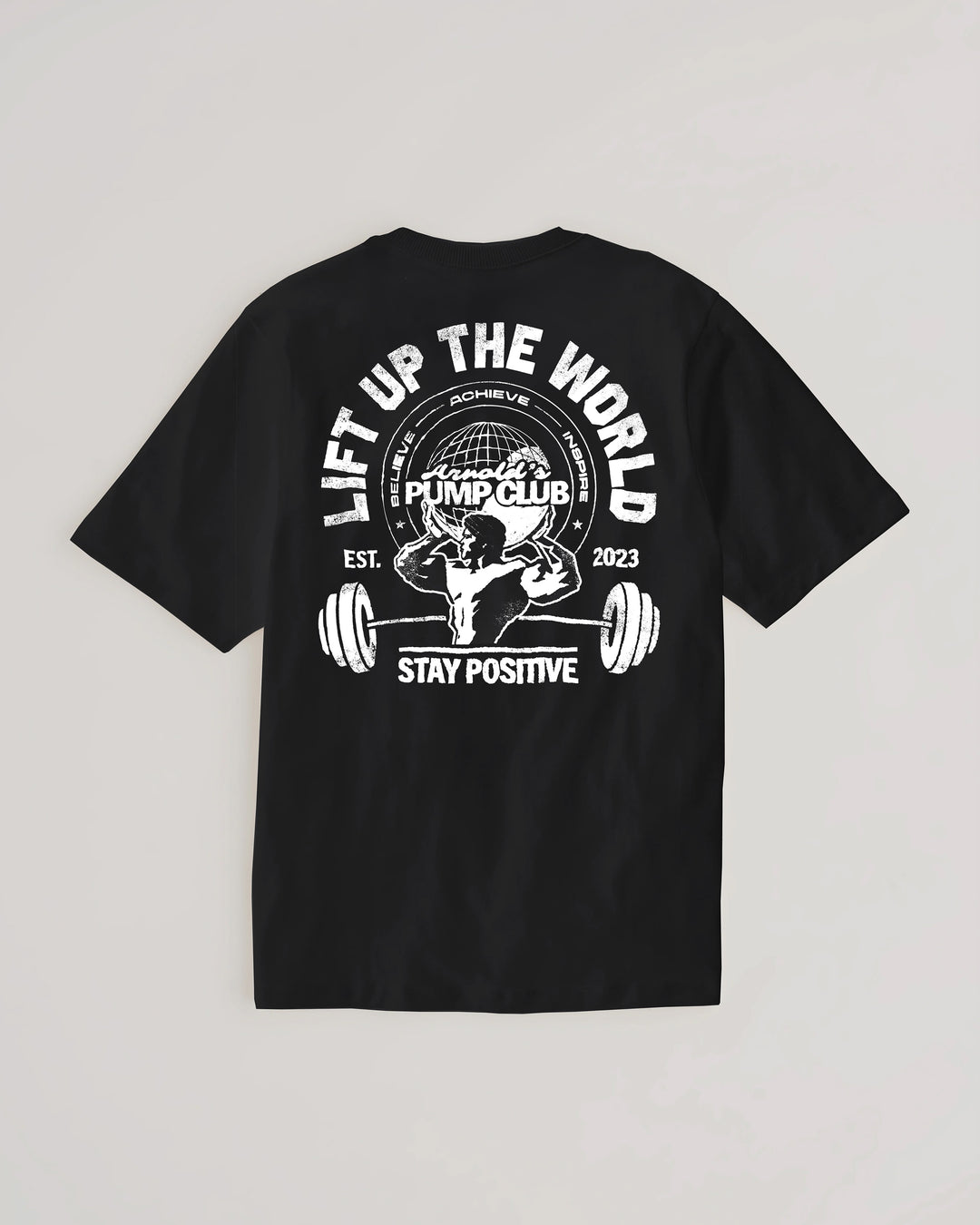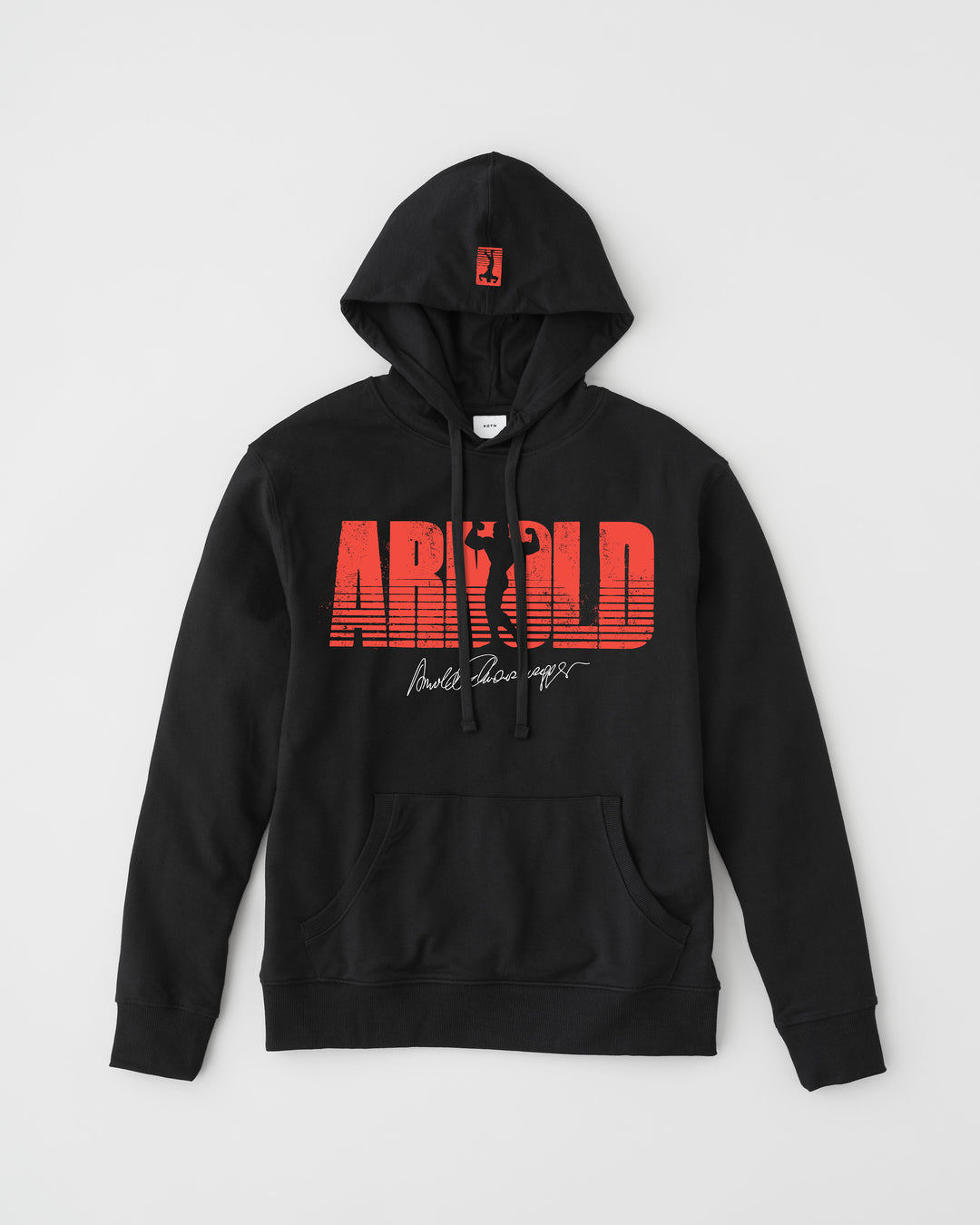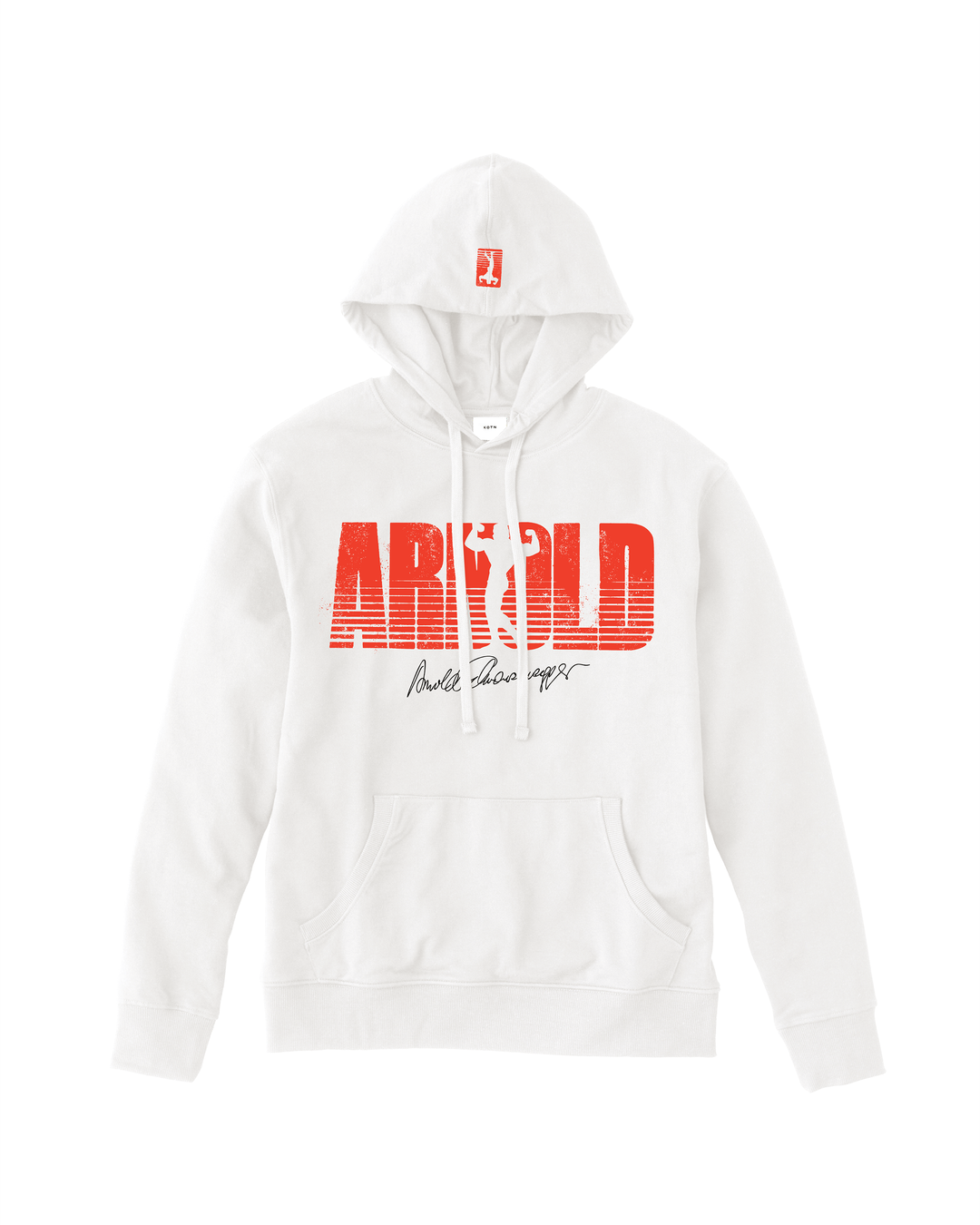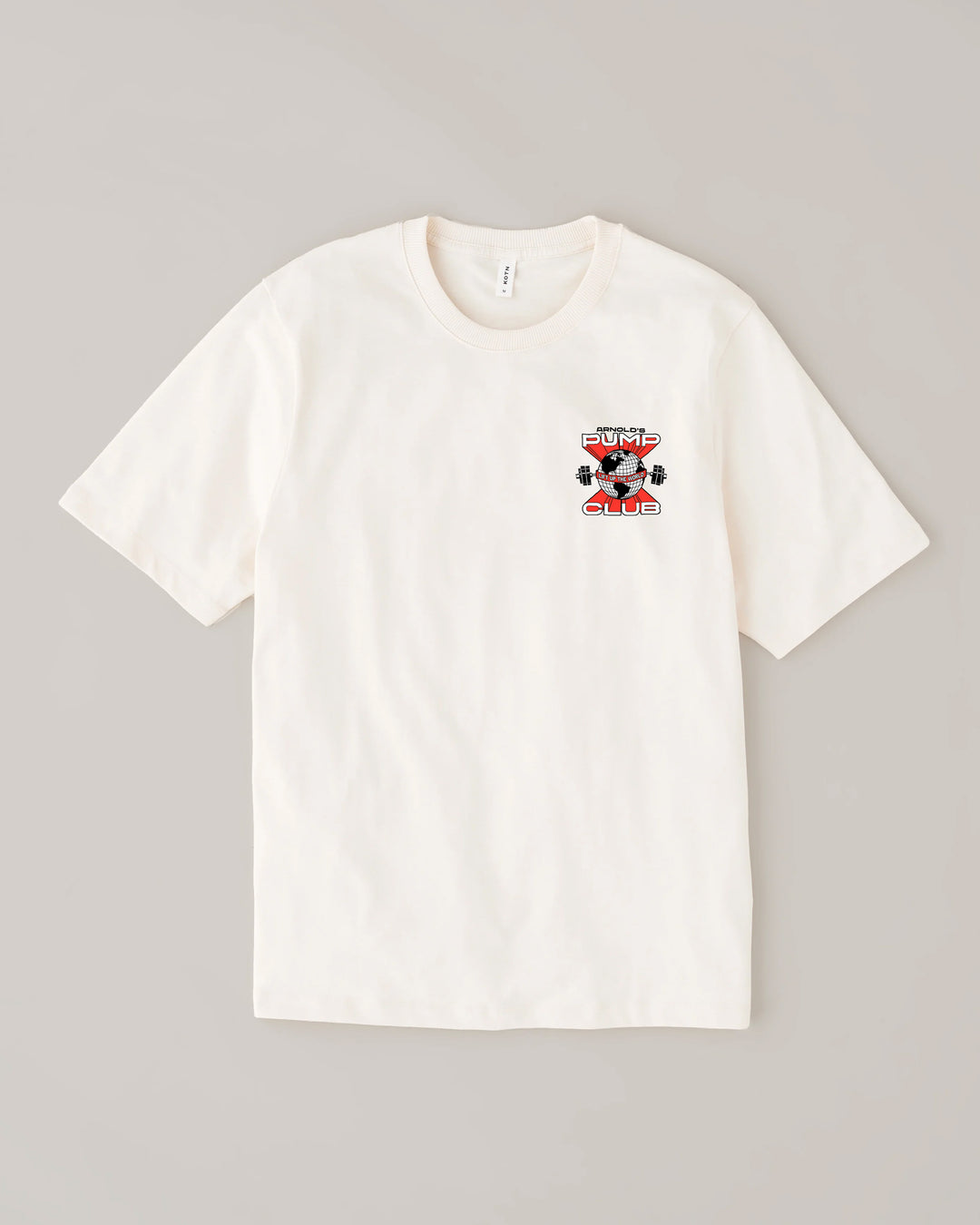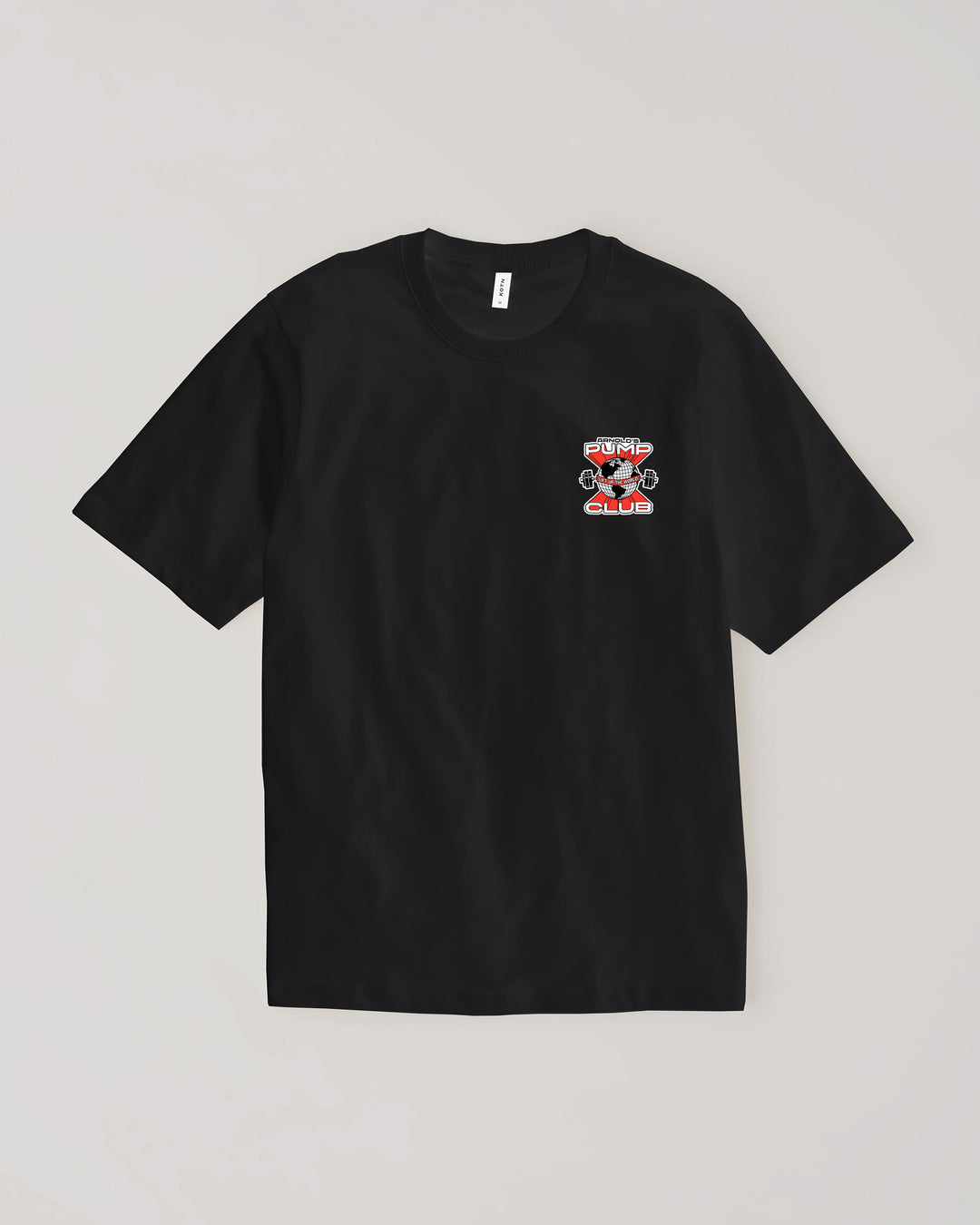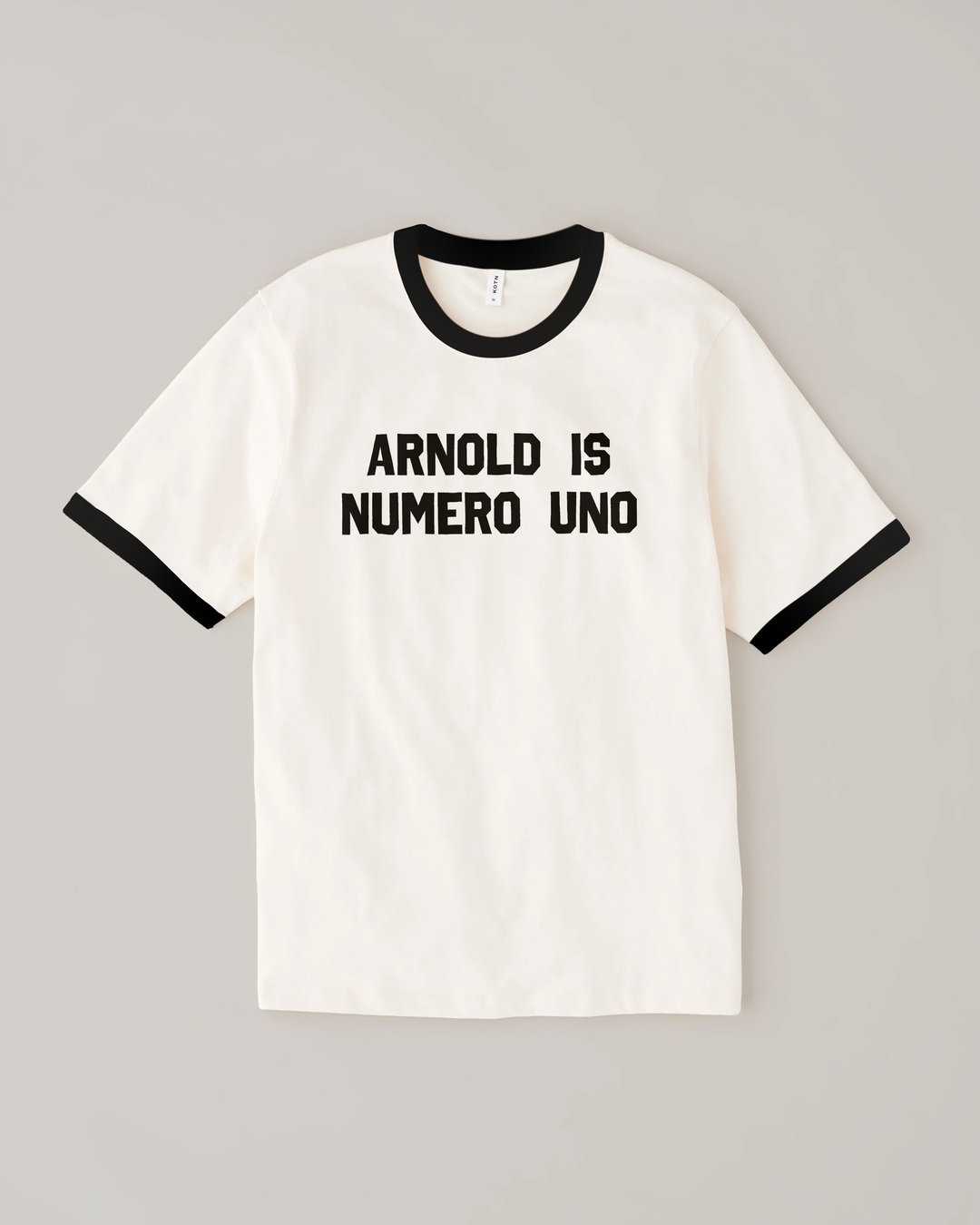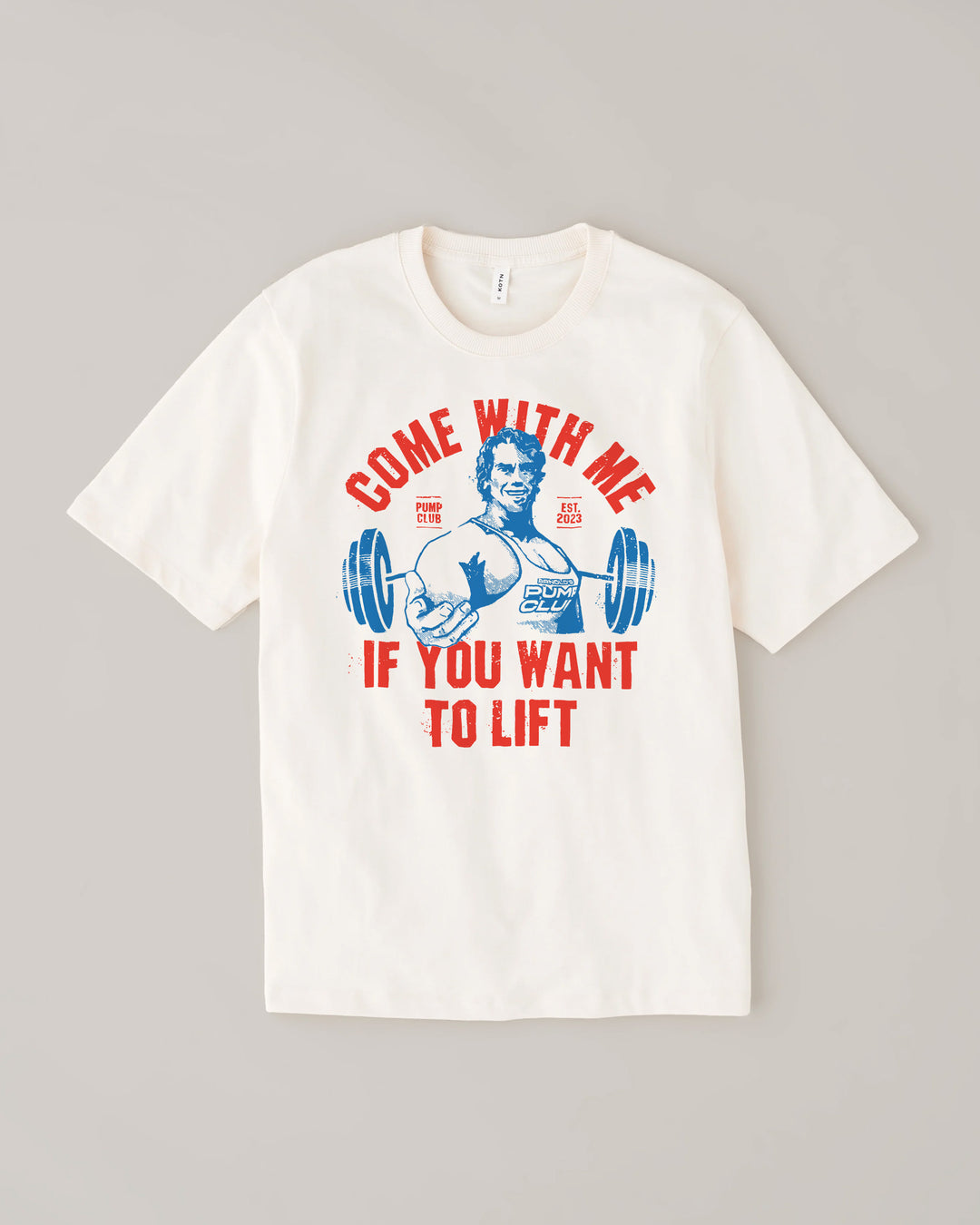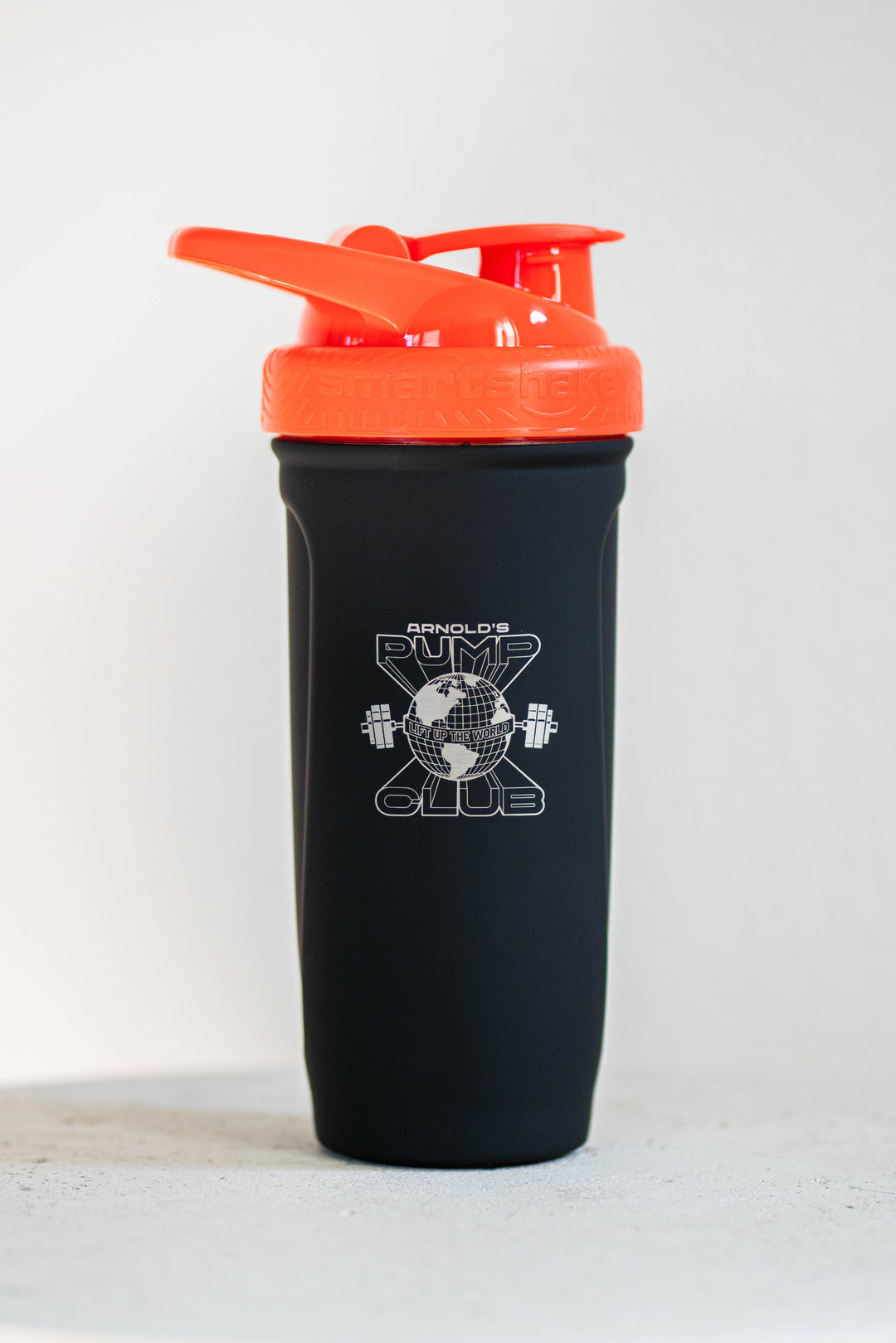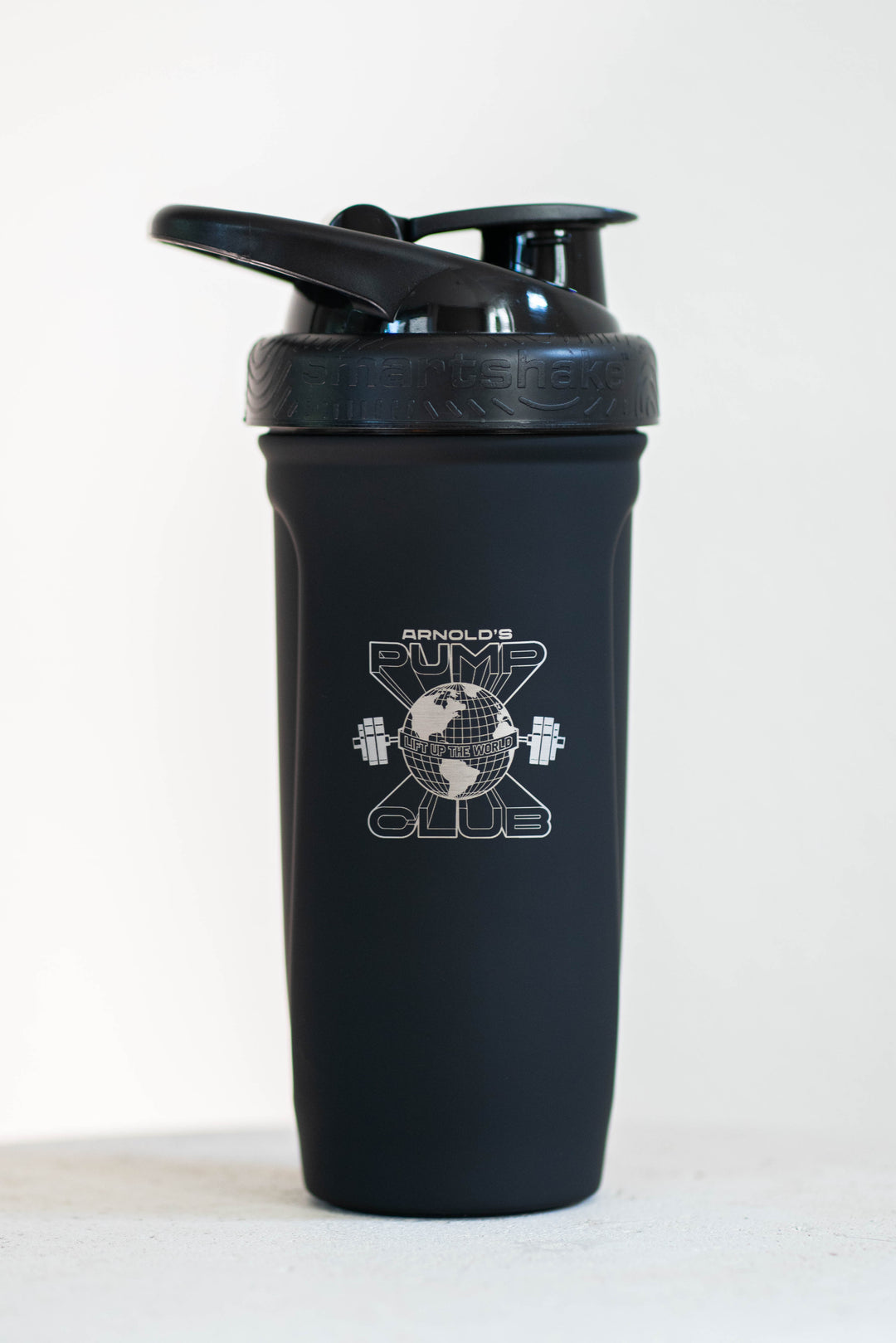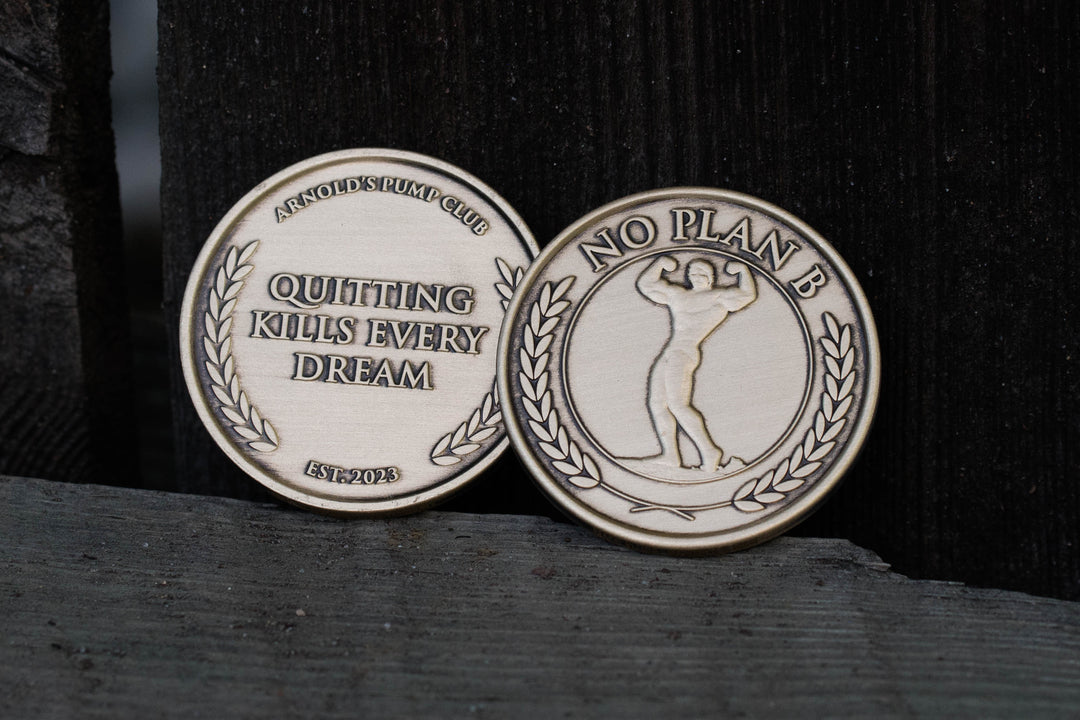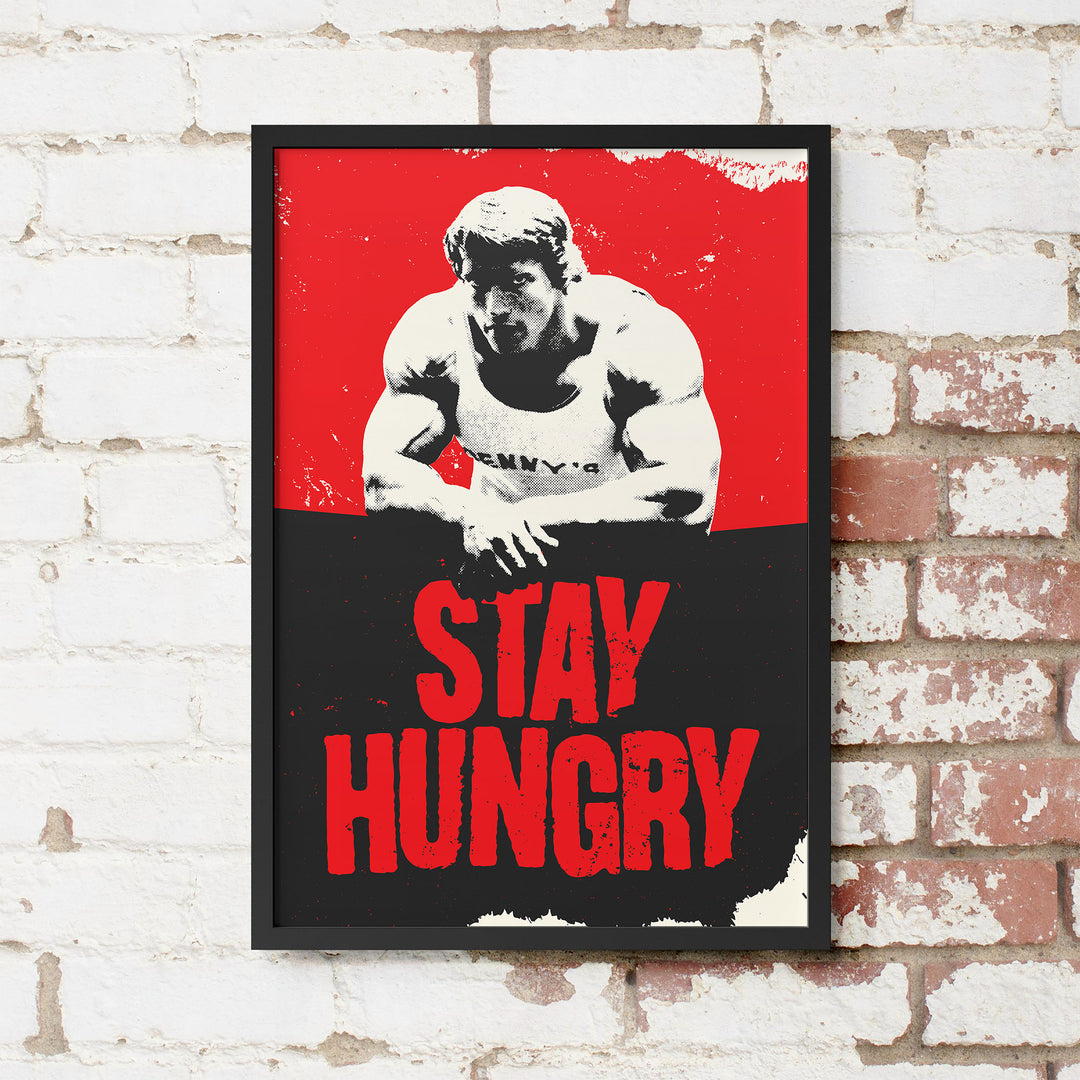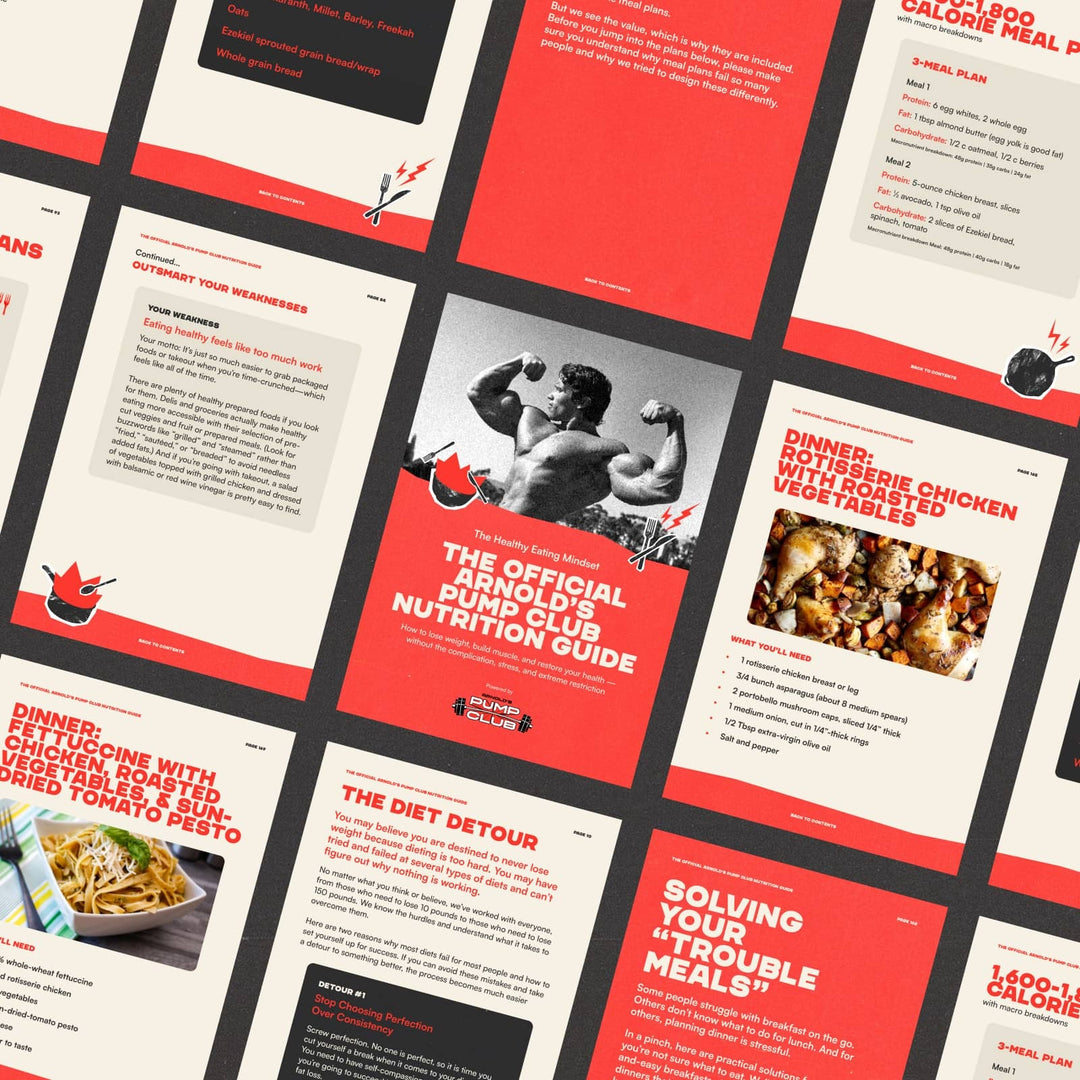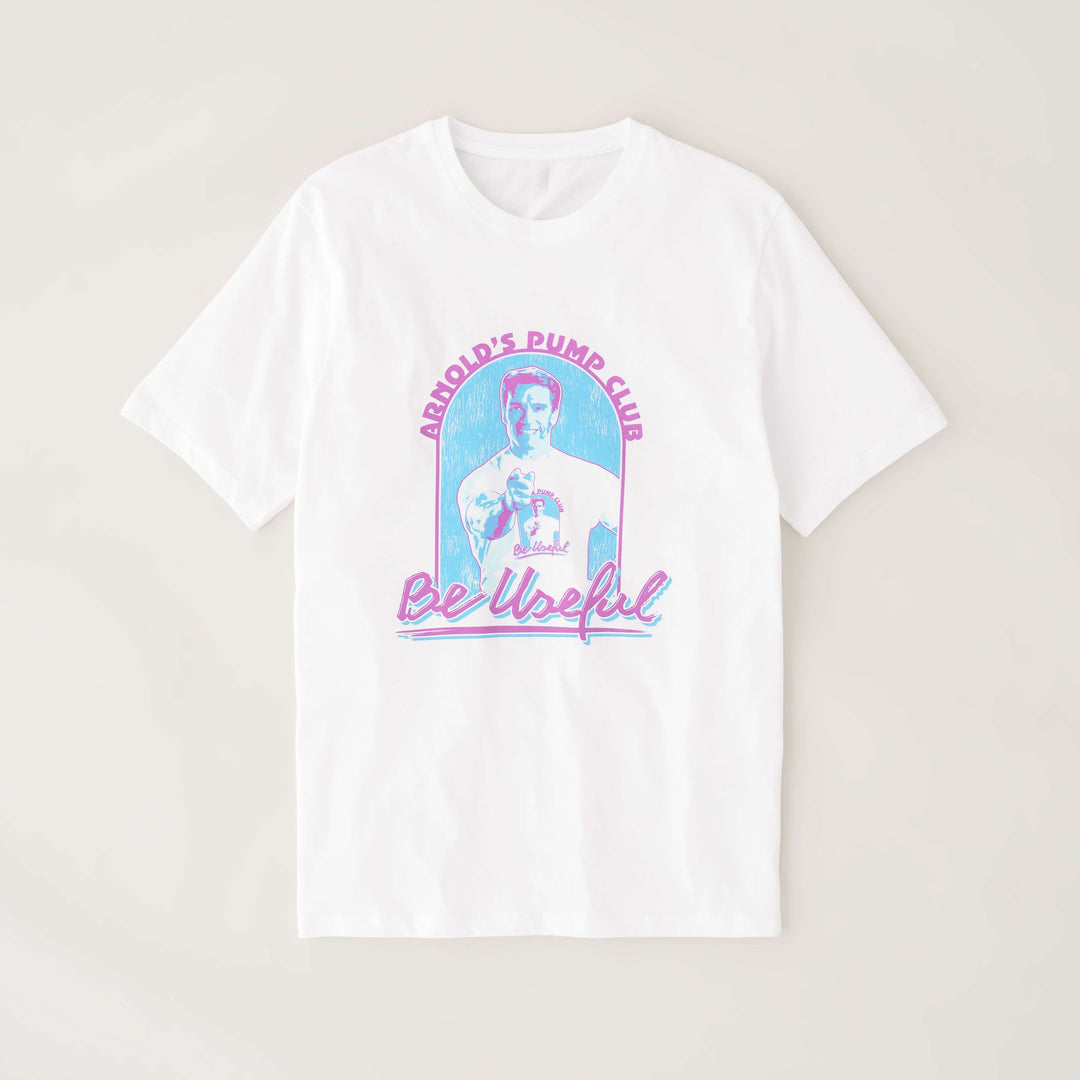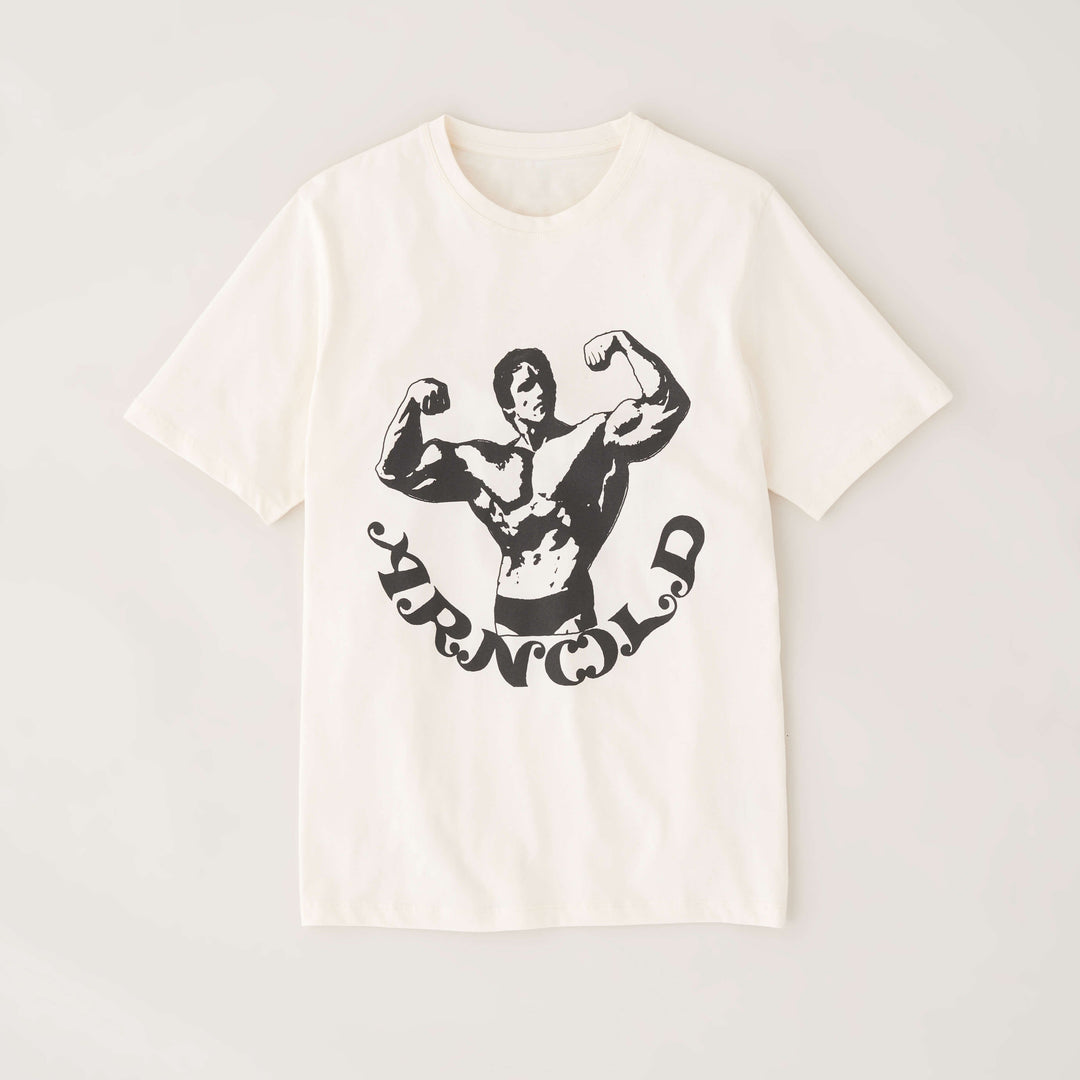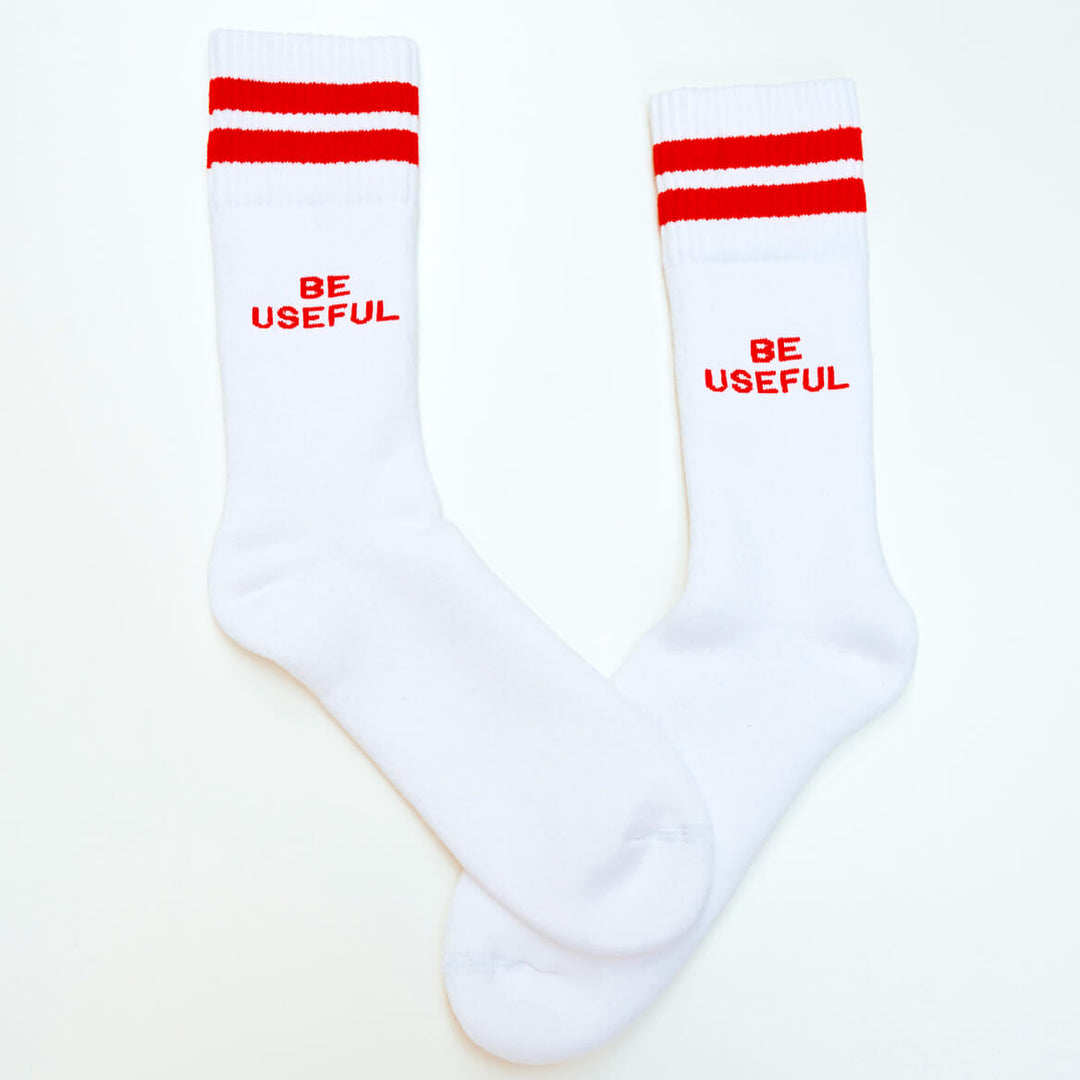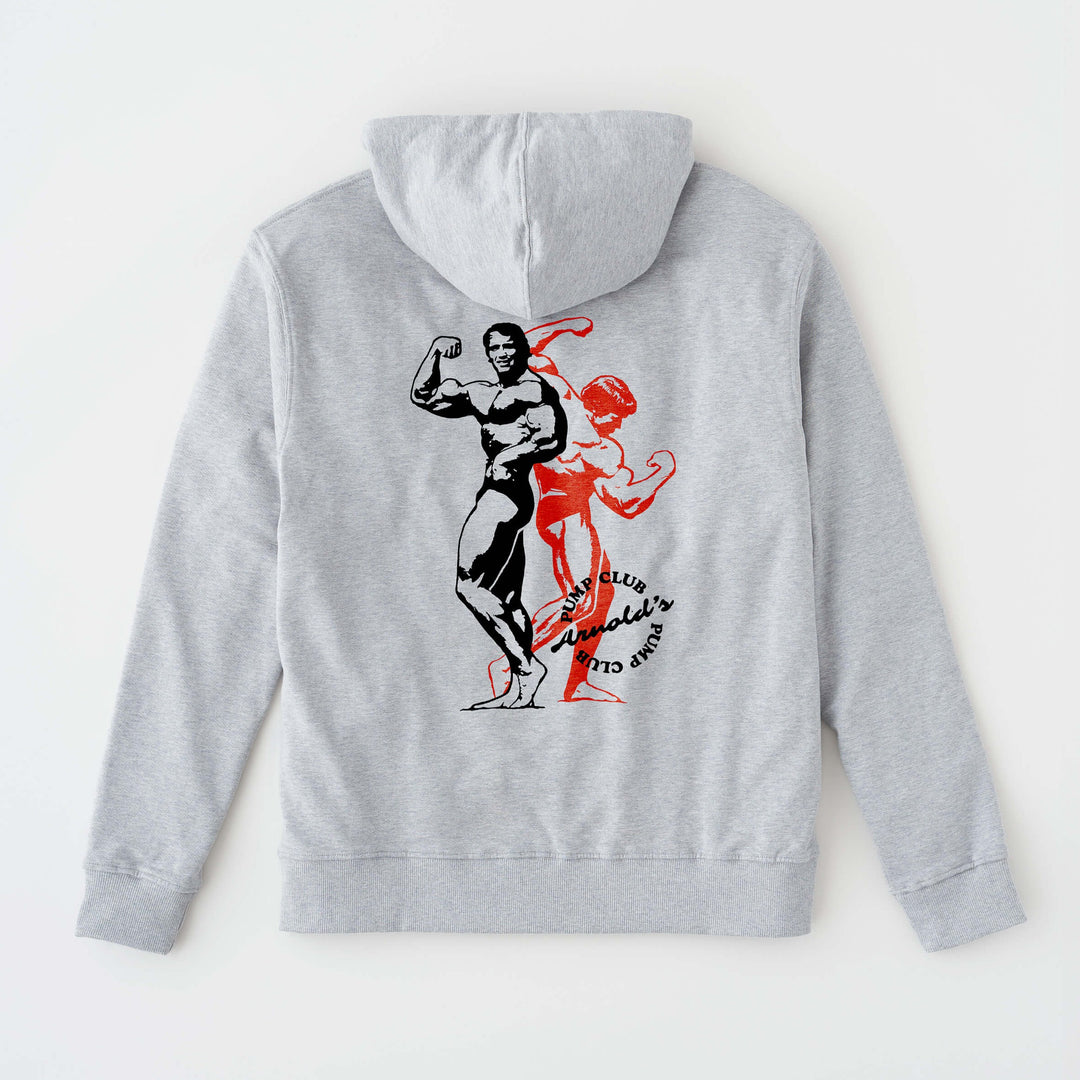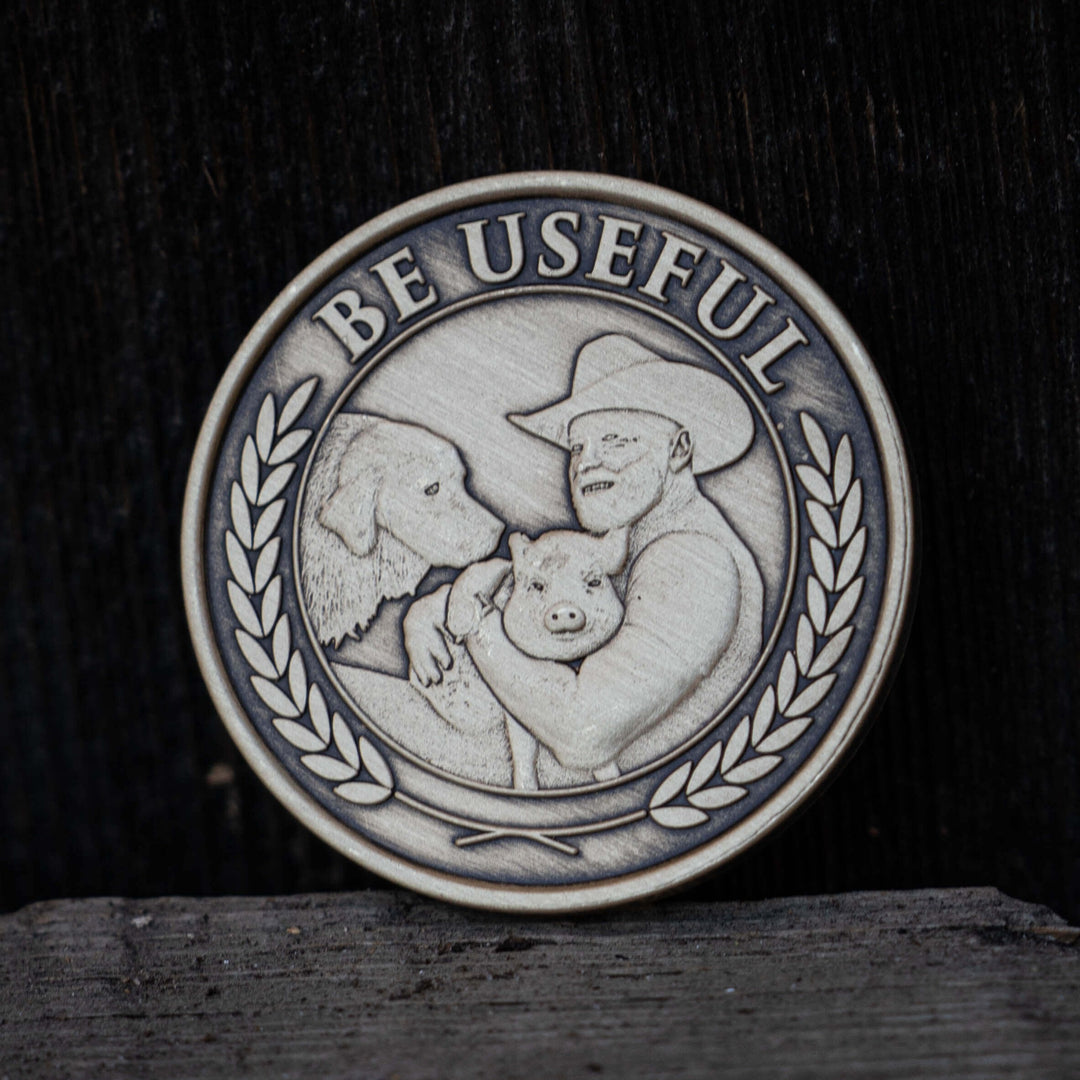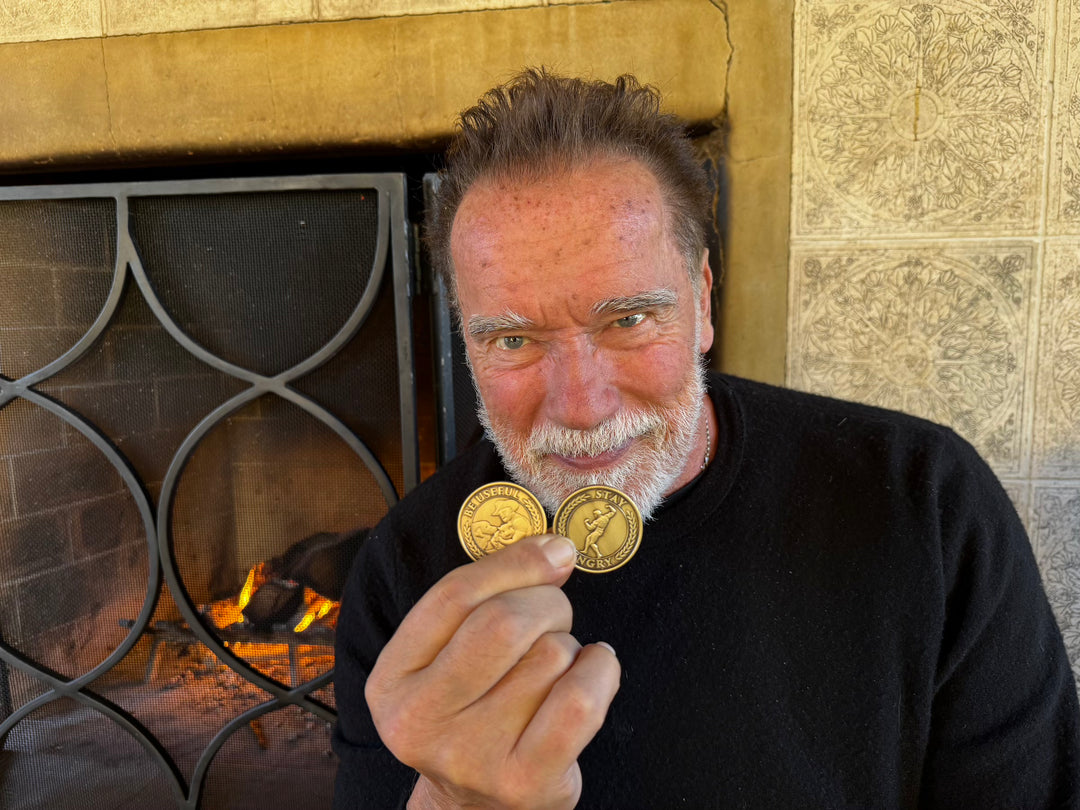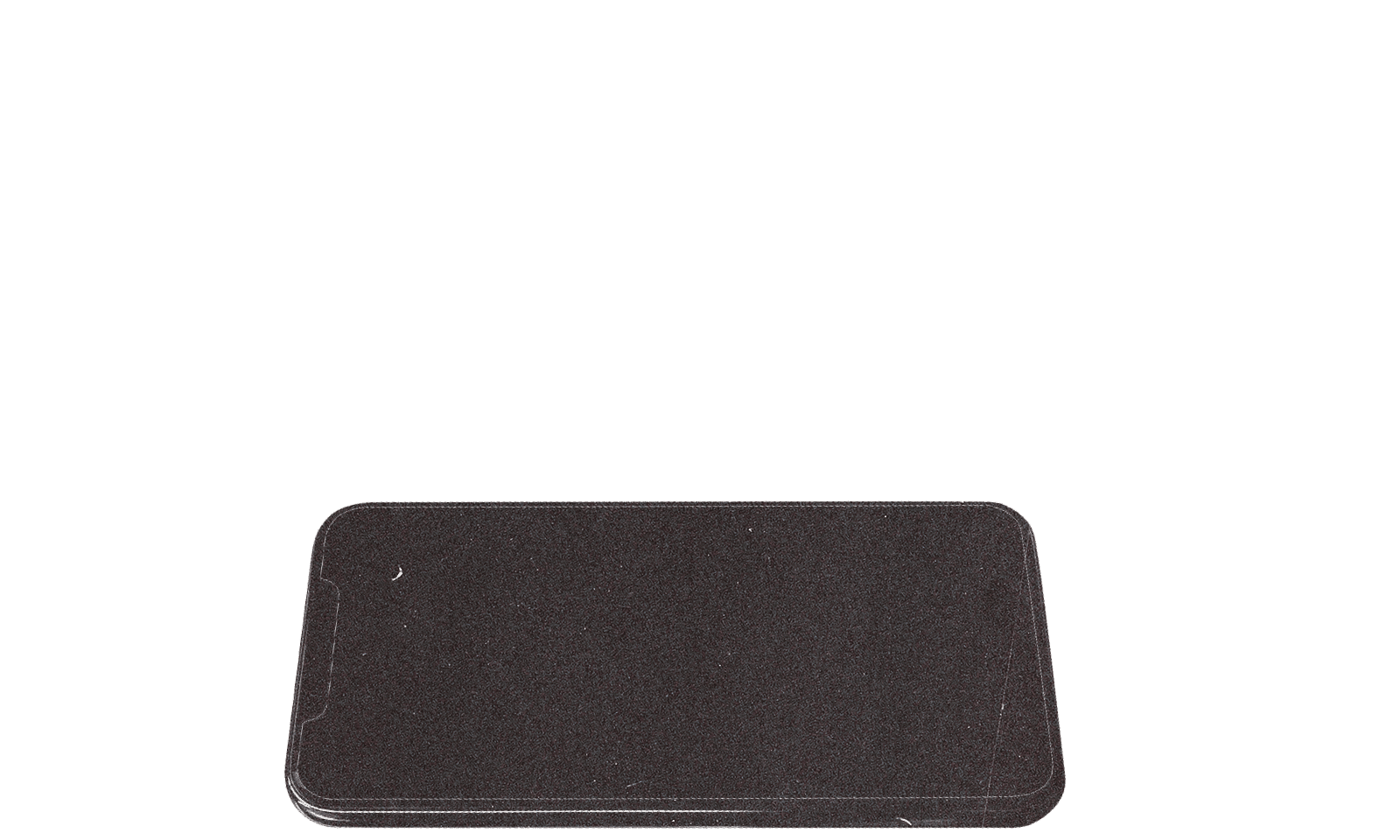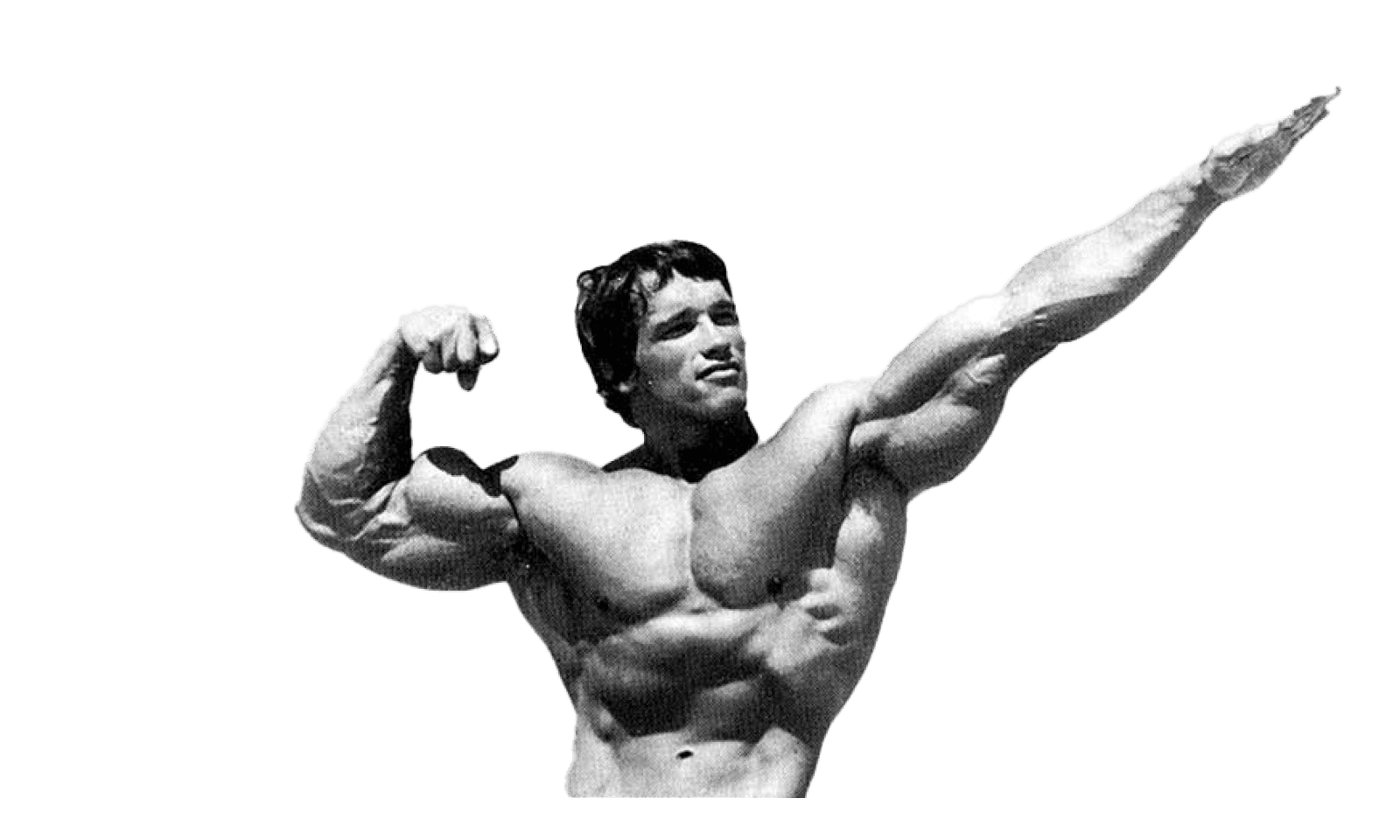Welcome to the positive corner of the internet. Every weekday, we help you make sense of the complex world of wellness by analyzing the headlines, simplifying the latest research, and providing quick tips designed to help you stay healthier in under 5 minutes. If you were forwarded this message, you can get the free daily email here.
Today’s Health Upgrade
How to add up to 14 years to your life
The mineral that lowers your blood pressure
A simple way to instantly reduce stress
The power of a student mindset
A Little Wiser (In Less Than 10 Minutes)
Arnold’s Pump Club Podcast is another daily dose of wisdom and positivity. You can subscribe on Apple, Spotify, or wherever you listen to podcasts.
Longevity
The Decade That Determines Your Next 40 Years
Most people think aging is a slow decline. But new research shows the choices you make in midlife can add more than a decade of healthy years to your life.
Researchers analyzed data from over 2 million adults across 39 countries to see how five risk factors—high blood pressure, high cholesterol, obesity or underweight, diabetes, and smoking—shaped lifetime health. They tracked participants from the age of 50 through 90.
People with all five risk factors faced a lifetime cardiovascular disease risk of 38 percent in men and 24 percent in women.
Uncoincidentally, those with none of the risk factors enjoyed 10 to 14 extra years of healthy, disease-free life—and even more total years overall.
Two factors mattered most. Controlling blood pressure in your 50s offered the biggest protection against heart disease. Quitting smoking in midlife was associated with the most significant increase in overall longevity.
If you’re in your 40s or 50s, you can have many more years of healthy living, but it’s also a critical window that sets you up for the future. Instead of blindly hoping you’ll be healthy, schedule a blood pressure check and make a plan to quit smoking if you still do. Even if you’ve struggled before, every attempt improves your odds.
Together With Momentous
The Mineral That Quietly Lowers Blood Pressure
You don’t need a prescription to start protecting your heart. Sometimes, the simplest solutions are the most overlooked.
Taking magnesium daily can lower blood pressure enough to create real benefits for your heart.
Researchers reviewed 34 gold-standard trials involving more than 2,000 adults. Participants who took magnesium supplements (about 368 mg/day) for three months saw their systolic blood pressure drop by 2 points and diastolic by nearly 1.8 points compared to placebo. That might sound small, but large-scale studies show even a 2 mm Hg reduction in blood pressure can cut the risk of stroke by 10 percent and heart disease by 7 percent.
Magnesium helps relax blood vessels, improves vascular function, and balances electrolytes that regulate blood pressure. The effect was strongest when people consistently took the mineral long enough to raise their serum magnesium levels — confirming the supplement was biologically active.
Maybe not surprisingly: higher magnesium intake is associated with a significantly lower risk of cardiovascular disease. Some research suggests individuals with higher magnesium intake have a 15 percent lower risk of developing heart disease compared to those with lower intake.
This isn’t a magic bullet. The results were modest, and magnesium works best as part of a bigger heart-health plan that includes exercise, eating well, and not smoking. But given its low cost, safety profile, and added benefits for muscle function, energy, and sleep, magnesium is a smart addition for many adults.
Aim for 350–400 mg of magnesium daily from food and supplements. Good food sources include leafy greens, nuts, seeds, beans, and whole grains. If you supplement, here is our magnesium of choice. Some forms of magnesium (like citrate) can cause GI issues, while others forms (like oxide) aren’t as bioavailable.
Instant Health Boost
How To Shield Your Heart From Stress
Think about the last time you were about to give a big presentation or have a tough conversation. Your palms might be sweaty, knees weak, and arms heavy. But what if the quickest stress relief wasn’t in a pill, but in a hug?
Researchers have found that a little TLC — such as holding hands or giving a hug — can help your heart stay calm under stress.
Researchers compared two groups before a stressful public speaking task. One group quietly rested, while the other held hands with their partner, followed by a 20-second embrace. The difference was striking: those who shared the affectionate touch showed significantly smaller increases in blood pressure and heart rate. In other words, their bodies stayed steadier in the face of stress.
The effects were consistent for both men and women, suggesting this simple ritual may be a powerful way to build resilience against daily stressors.
Researchers believe the mechanism comes down to the calming power of human connection: physical touch triggers the release of oxytocin, lowers sympathetic nervous system activity, and helps blood vessels remain more relaxed, which can help reduce stress and lower blood pressure.
While this isn’t an instant fix for chronic hypertension, the findings suggest that warm physical contact provides both immediate and cumulative protection for your cardiovascular system.
Look Good, Feel Good
New Merch Is Live
Have you checked out the APC store lately? We’ve added new shirts, and restocked favorites that previously sold out. Check out all the new (and most popular) looks.
Ketch’s Corner
The Power Of A Student Mindset
The following is an excerpt from The Pump Club app. Every Monday, Ketch leads a community-wide check-in that allows app members to make a commitment and find accountability partners.
I always share a lesson from my training, and this time I’m going to be a little vulnerable and talk about one of my biggest weaknesses, because I’m relearning to be a beginner in this new program I’m testing, and it’s honestly a wonderful experience.
But I won’t lie: it didn’t start that way. It sucked the first few weeks. I had a lot of failed sets. I’m learning how to clean and press from scratch, and my first efforts were embarrassing to watch. I mean, possibly the ugliest lifts I’ve ever seen anyone do.
There are four of us testing this program, and Coach Nic gave us a serious pep talk this week.

It was great coaching. Of course, there’s a little quick ego reaction: “Green? I have picked 600 pounds up off the ground!”
But I let my ego go and embraced being a beginner in this style of training and in some of these movements. As soon as I adopted the student mentality this week (I know the gurus call this a growth mindset, I’m going with student), my workouts improved. I actually started to look forward to them.
Nic wrote this program based on the one he used to win the amateur national championship that made him a professional strongman, and it’s different than any way I’ve ever trained. I’ve done metabolic training with tons of barbell complexes, I’ve done powerlifting training, and I’ve done Arnold’s style of training. When we finish testing and get it into the app, this will be the first “athlete” program.
This is different. Like the Maximize Strength plan, you do some very heavy lifting. Unlike the Maximize Your Strength plan, there isn’t a single straight set in the program, and there sure as hell aren’t any three minute rest periods, because the goal isn’t just strength, it’s building work capacity. I actually don’t think there is anything smaller than a tri-set in the program. Here’s an example from the top of my last workout:
Set 1
6 Weighted Pull-ups (heavy as possible - ramping)
6 Clean and press (clean once then press away) @ 70% of your 1RM
8 Overhead Bar Side Bends (each side)
90 seconds rest
Set 2
4 Weighted Pull-ups (heavy as possible - ramping)
4 Continental Clean and press (clean once then press away) @ 80% of your 1RM
8 Overhead Bar Side Bends (each side)
90 seconds rest
Set 3
2 Weighted Pull-ups (heavy as possible)
As many Continental Clean and Press (clean once then press away) @ 90% as possible (Goal is at least 2)
8 Overhead bar Side Bends (each side)
90 seconds rest
You’re going heavy movement to heavy movement to core movement at the top of every day in the program, and you’re getting heavier each set for three sets, finishing with an all out effort to get as many reps as possible at the top weight of the day.
That’s why I have failed to hit my target reps on that third set more times than I have succeeded. I really am a beginner at this stuff. Nic explains that we are training up our work capacity — building a bigger, better engine, if you will.
Once you finish those tri-sets, you normally head into a few sets of a four exercise circuit of accessory movements for that day’s main lift, and when you’re really lucky, Nic finishes you off with conditioning like 3 clean and presses every 30 seconds for 8 minutes.
The training style has completely humbled me, but nothing has humbled me more than my overhead pressing day.
People who have been here for a while know I’ve babied my left shoulder for years. I had a few dislocations playing sports decades ago, and didn’t take physical therapy seriously enough until recently. Instead, I never pushed overhead presses the way I pushed deadlift.
I was just content to let pressing be a weakness and be a great deadlifter. I am guessing there are a lot of people like me in the advanced category here: you’re really advanced at one thing, but the things you don’t like, or the things you’re weak at…you let them live in a perpetual plateau.
I hope this helps you. I also hope it helps the beginners who sometimes feel silly trying to learn movements to know that even when we’ve trained for 20 years, there are some exercises that humble all of us.
Last year, I decided I was making excuses for myself and just covering weaknesses by getting better and better at my strength, deadlifting, my mentality changed.
Weaknesses became an invitation to work.
First, it was dropping 100 pounds off of my squat and making myself rebuild it with no ego and with full depth. I saw what happened in a year — I put back on those 100 pounds and more, and now I never have to worry if I hit a true squat rep.
Then, it was pushing my bench press more in the Maximize Your Strength plan and dropping my old, “I’ll never bench more than 255 with my shoulder” excuse.
This new program brought me face to face with my biggest weakness: overhead pressing.
An opportunity to be the ultimate student.
My first attempts at clean and press were so ugly, they’re comical. But look at how far they’ve come in 4 weeks of training with that student mindset (the new ones are on the right, in case it isn’t obvious enough):
I still have a long way to go, but I had to put those side by side for myself to see how far I’ve come.
Learning isn’t always fun. It can be incredibly humbling. It sucks to suck at anything. But the only way to suck less is let the ego go and do the thing you suck at like a student.
You have to see it as an opportunity instead of as a frustration.
Most people don’t want to do that. I obviously avoided it. I’ve been training with Arnold for almost 20 years and somehow dodged one of his favorite lifts — the clean and press — until now.
This is my challenge for all of you to find the exercise where you feel like a beginner and lean into the opportunity of it. Become a student. Get better.
Join me and stop making excuses to avoid getting better at the things that beat up on your ego.
All of you have access to the same coaches I do. Jen and Nic are here every week to help you with your form on any exercise you want. Use those Zoom sessions. Even if you can’t make it, submit your videos and watch them coach you on the recording.
It’s an insane resource. We’ve seen so many people now who have completely changed their form in a few weeks that we decided we need to start saving the videos to highlight how far some of you have come.
So I’m challenging all of you to get brave. Be a student. Submit your incline pushups or your inverted rows or your deadlifts. You don’t have to wonder if you’re doing things right. Let our coaches do their job and teach.
And I’m especially challenging our more advanced trainers. I know I need it, and I know the guys I see in the gym benching 400 and only deadlifting 300 need it.
Be a student. Strengthen your weakness. -Ketch
Better Today
Take any of these tips from today’s email and put them into action:
The Critical Midlife Health Window: Managing five key risk factors in your 50s, including high blood pressure, cholesterol, obesity, diabetes, and smoking can add 10 to 14 years of healthy life according to research on 2 million adults.
Magnesium for Blood Pressure Control: Taking magnesium daily can naturally lower blood pressure by 2 points and reduce stroke risk by 10 percent.
Physical Touch for Stress and Heart Health: Holding hands or hugging before stressful situations significantly reduces blood pressure spikes and heart rate increases, according to cardiovascular research.
-
Focus on Mastery: Don’t run from your weaknesses. Embrace the mindset of a student and see it as an opportunity to grow and become better than ever.
—
Publisher: Arnold Schwarzenegger
Editors-in-chief: Adam Bornstein and Daniel Ketchell




